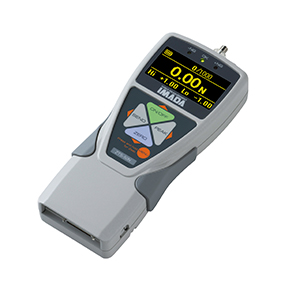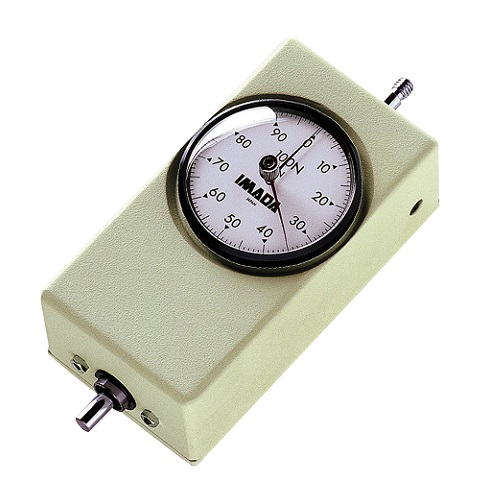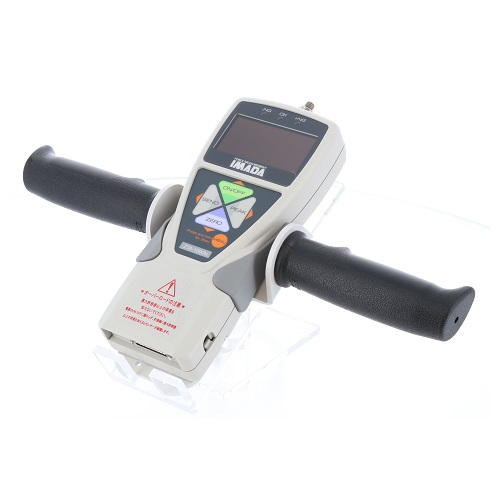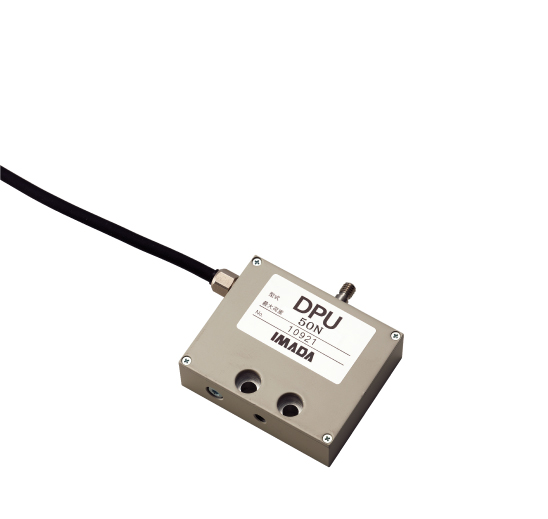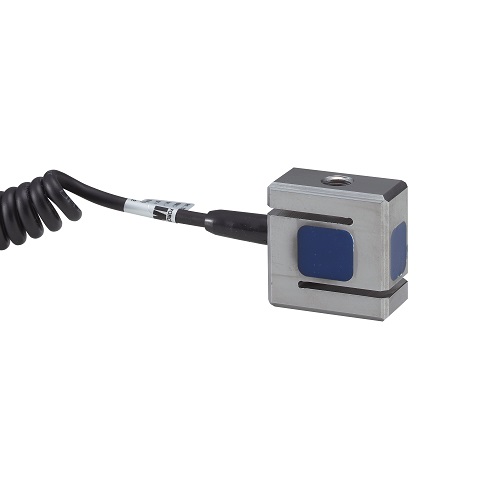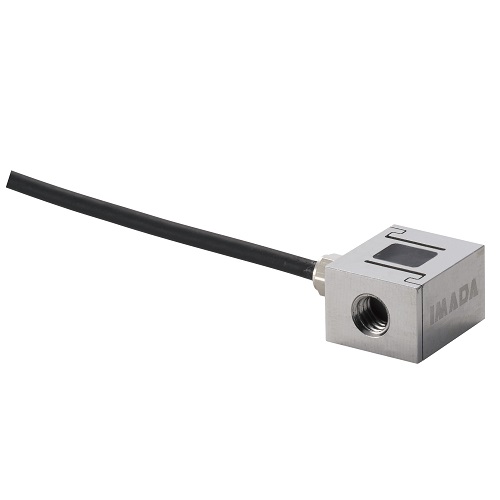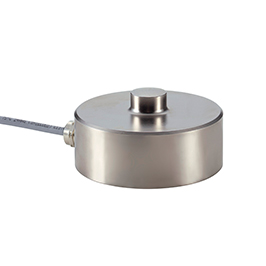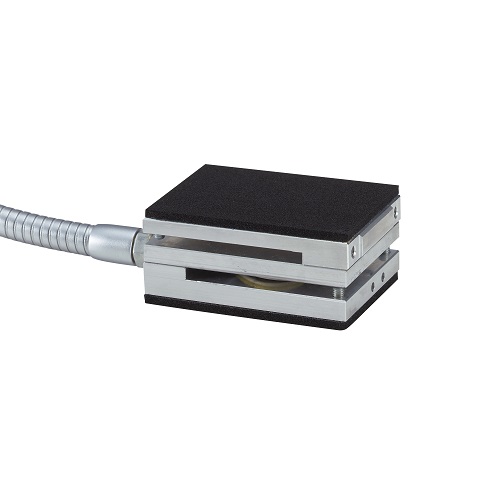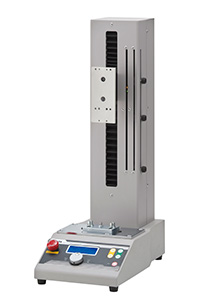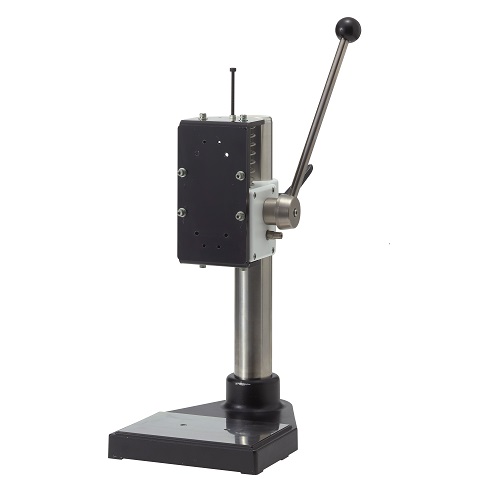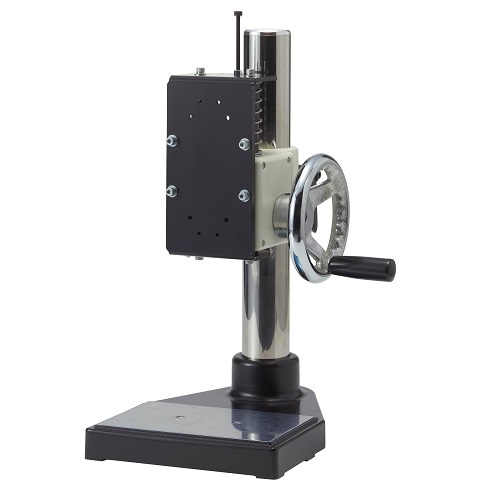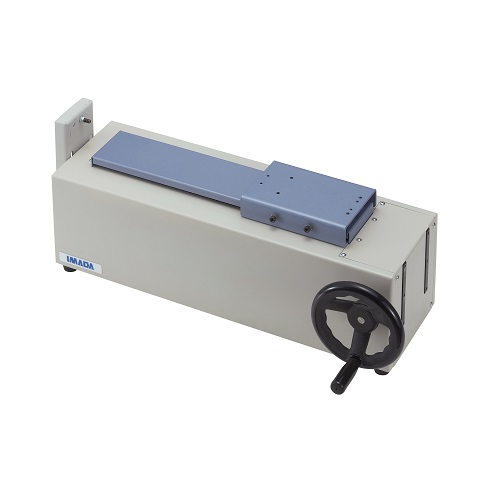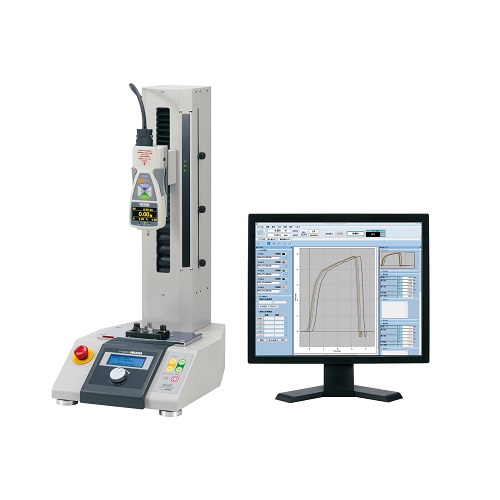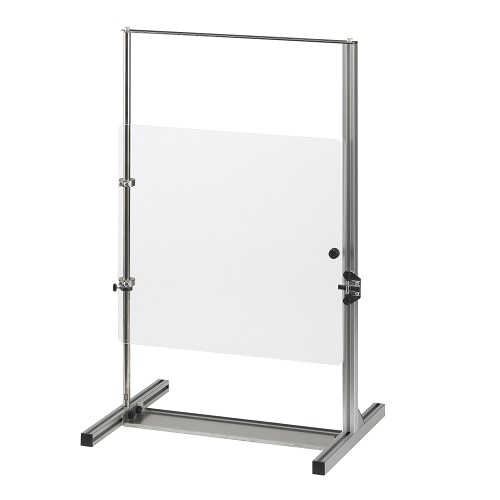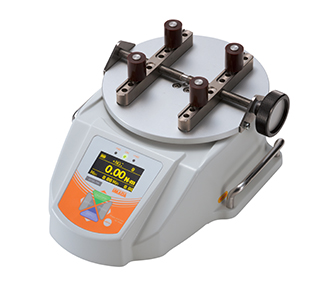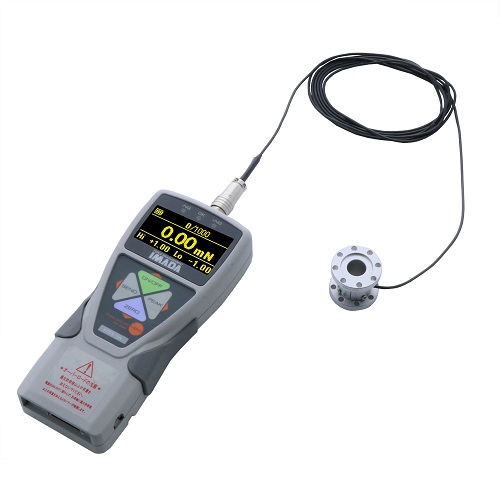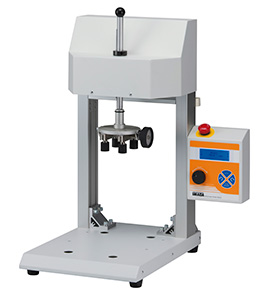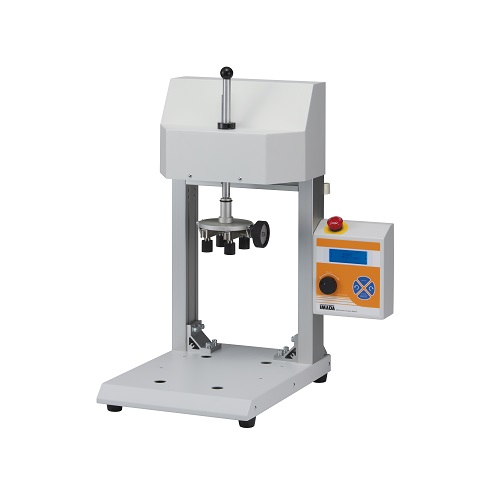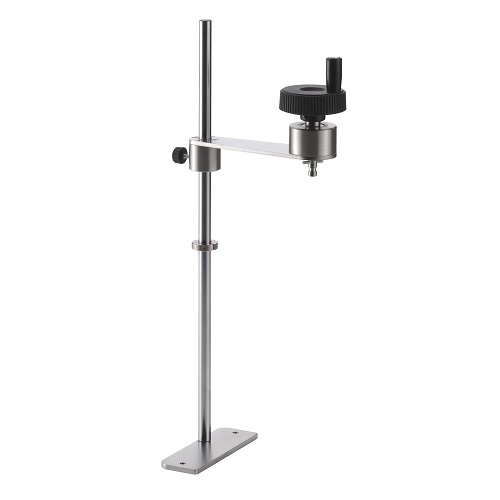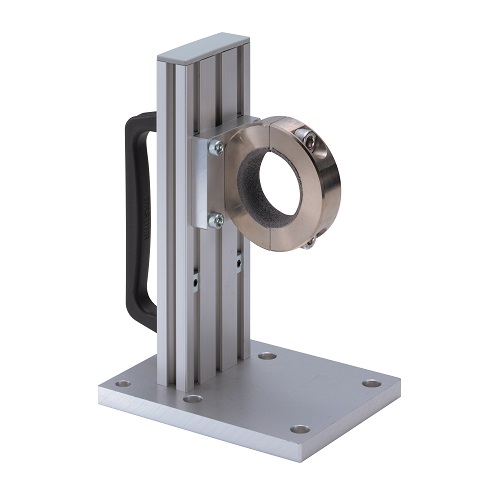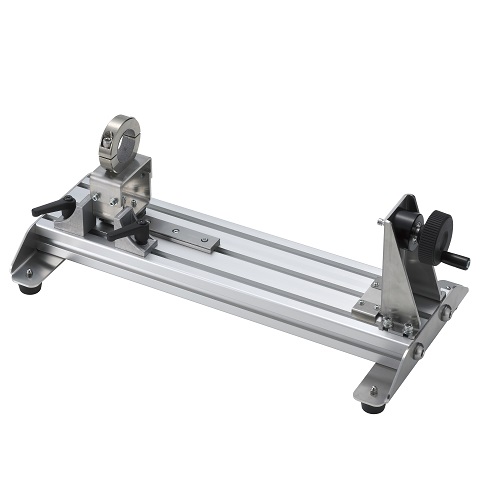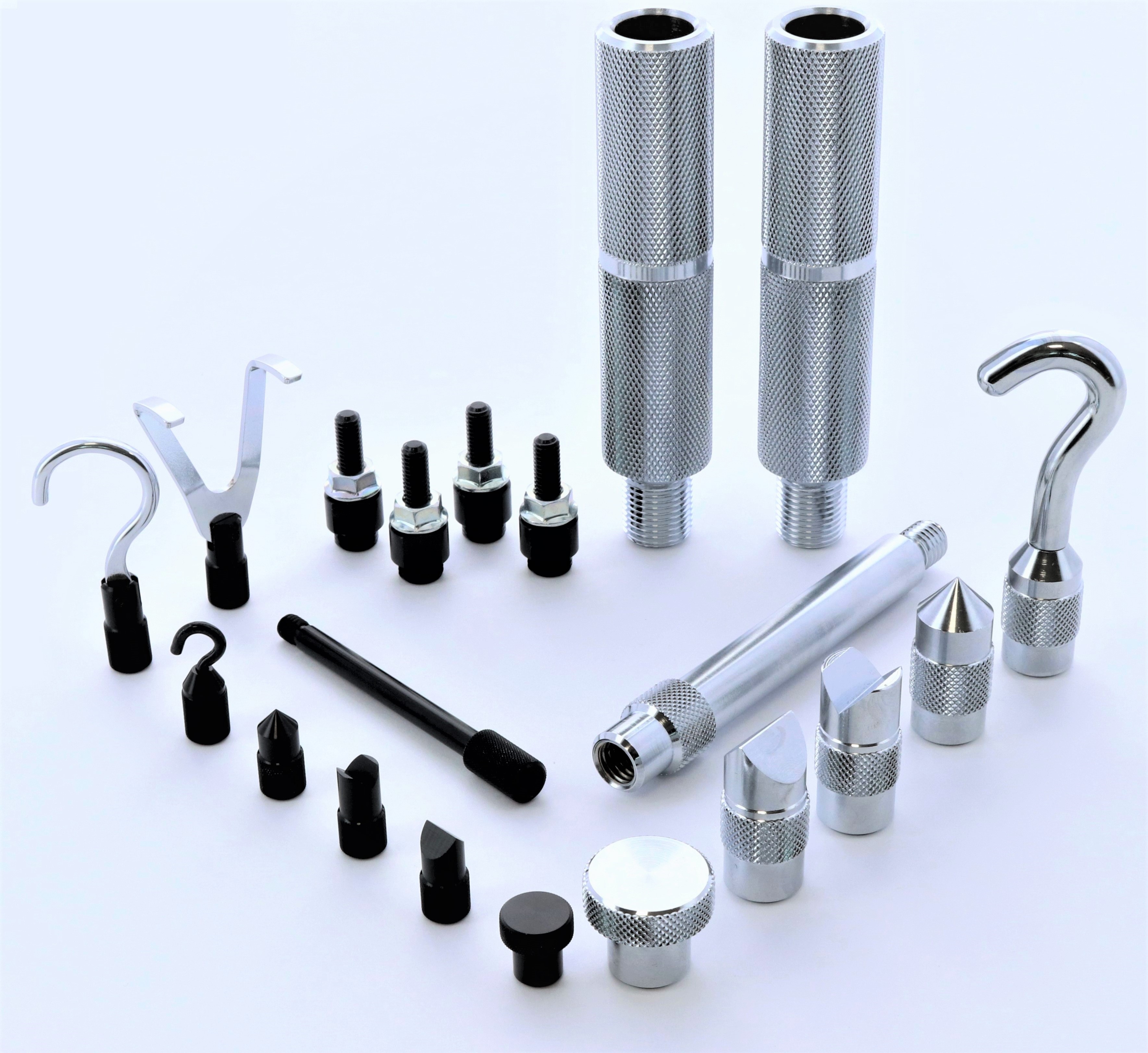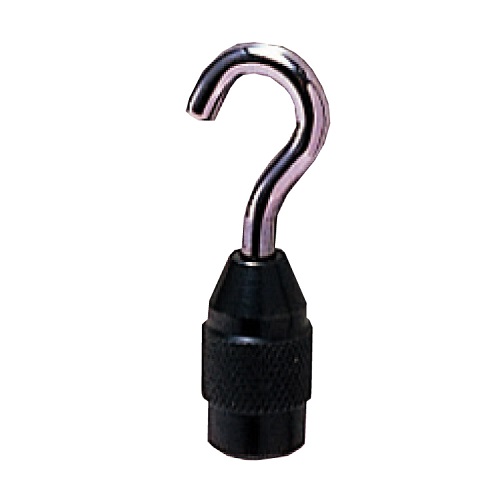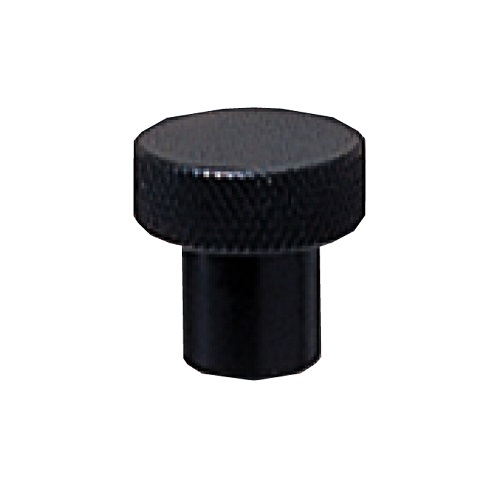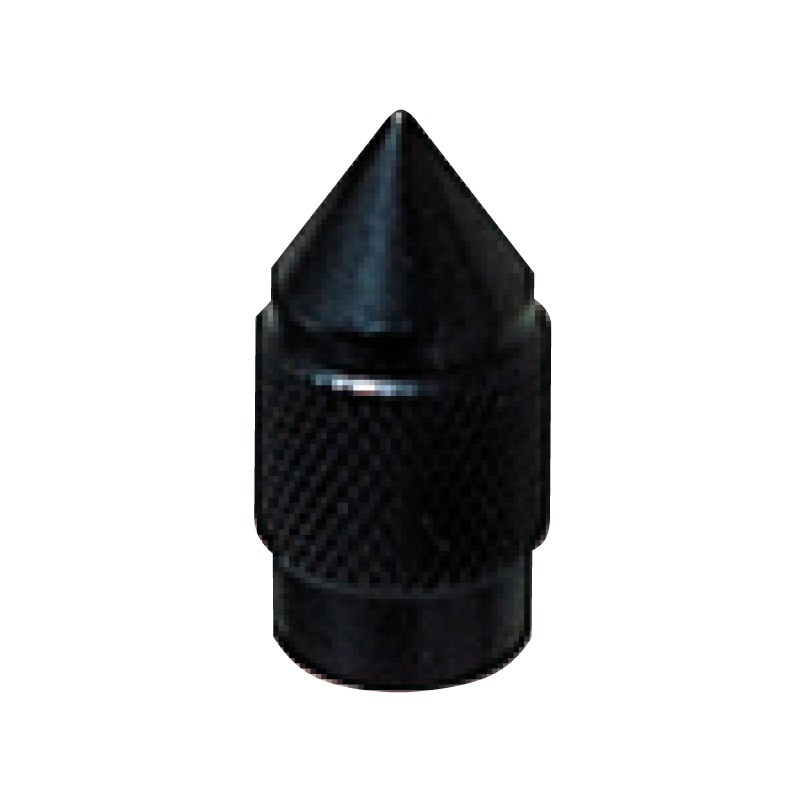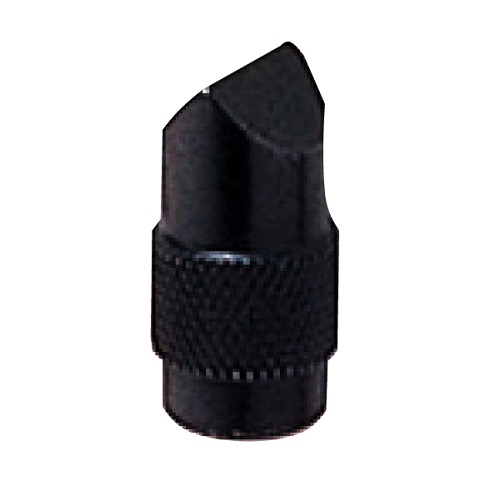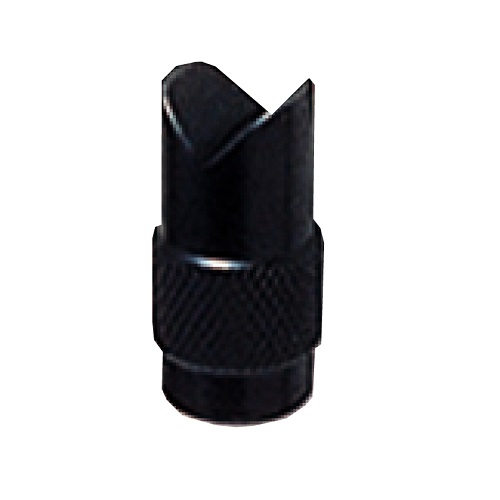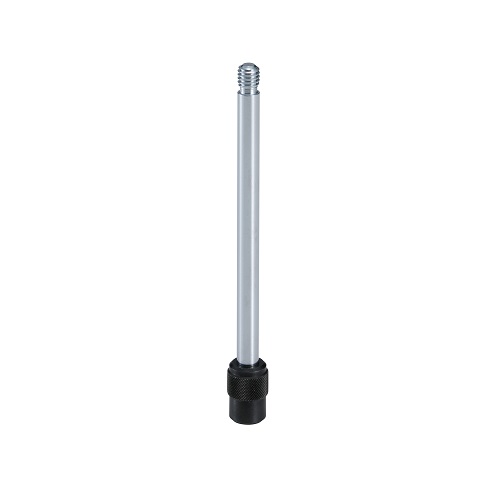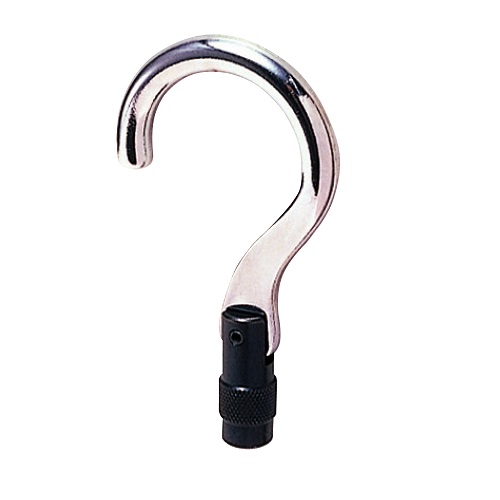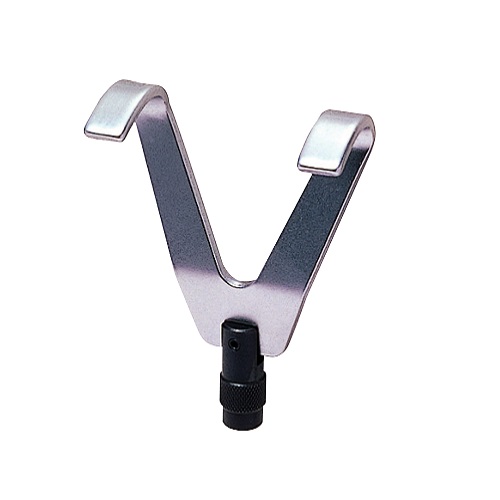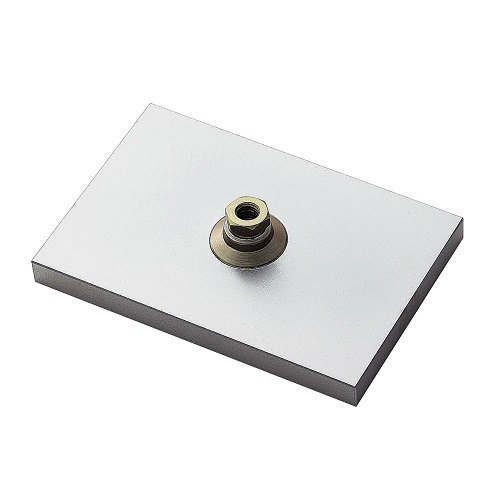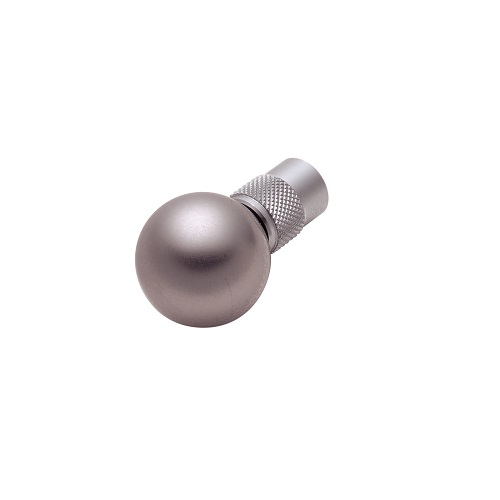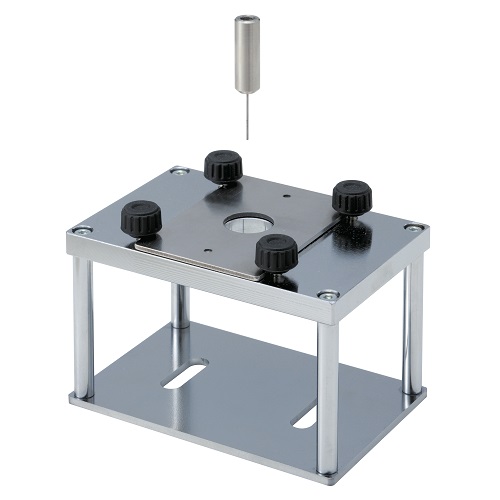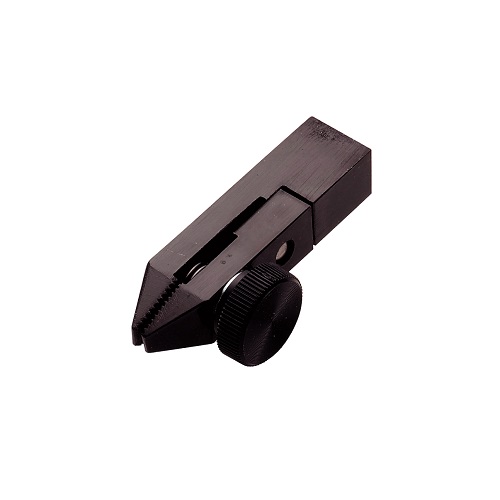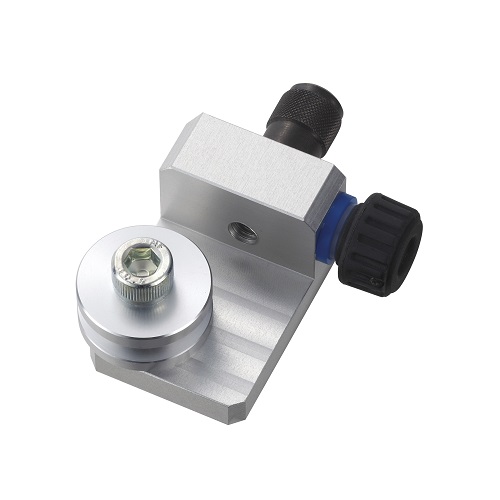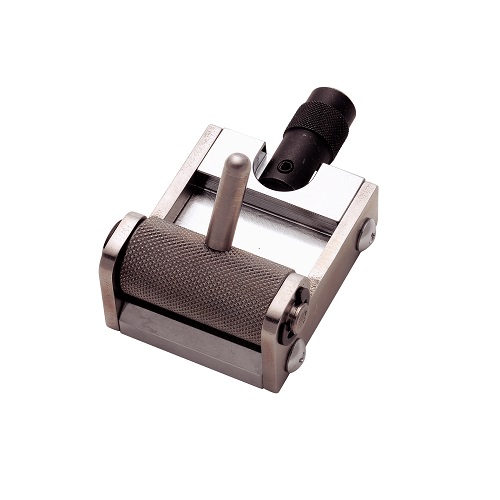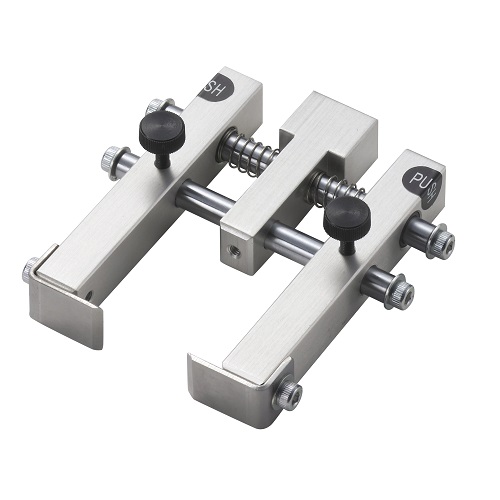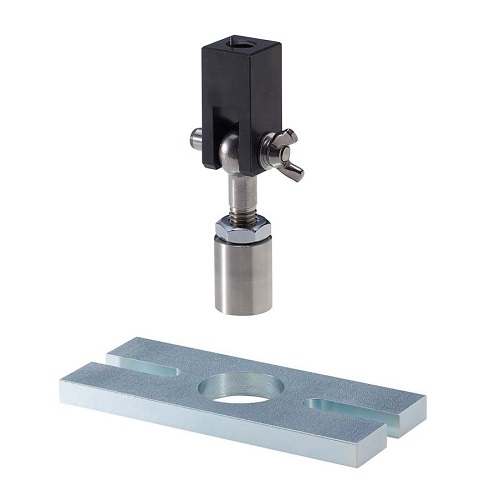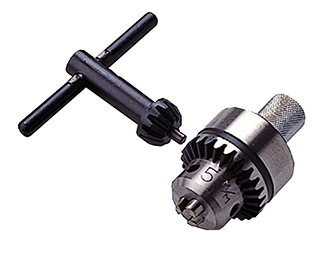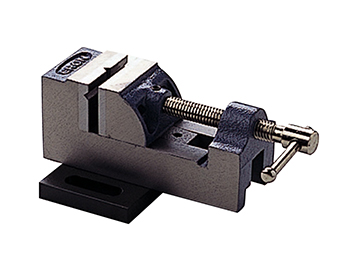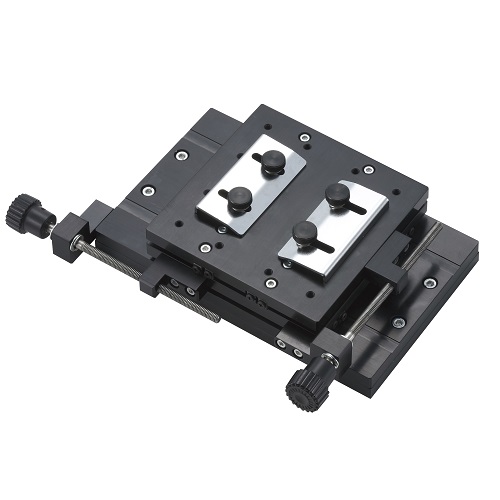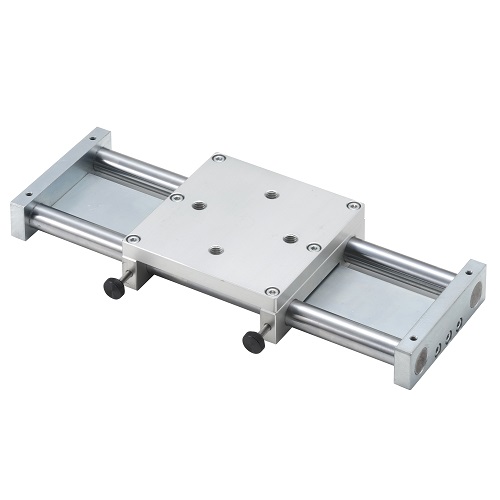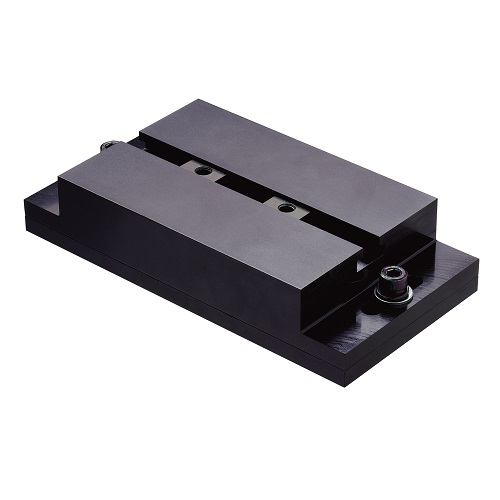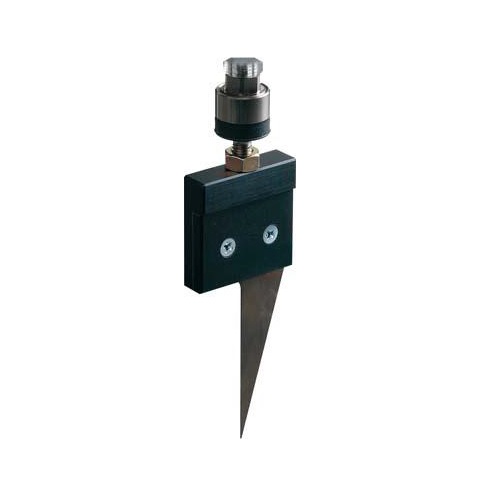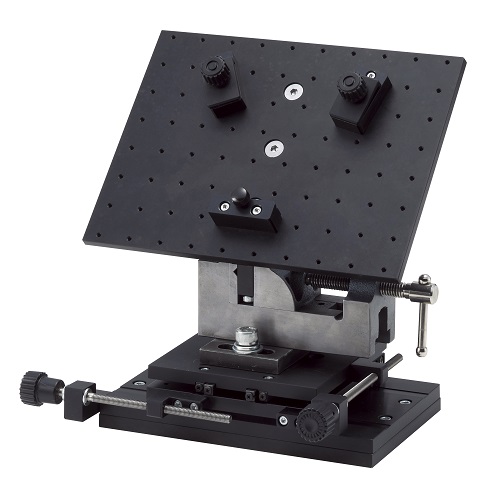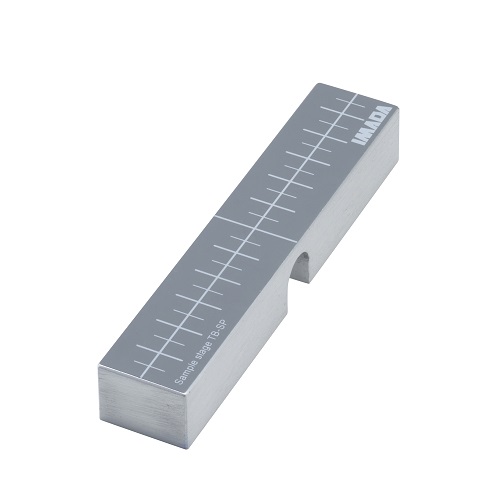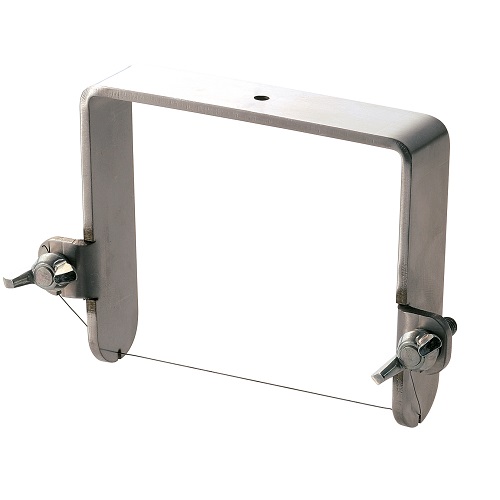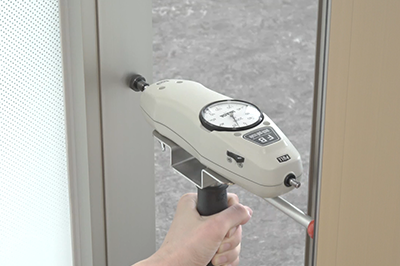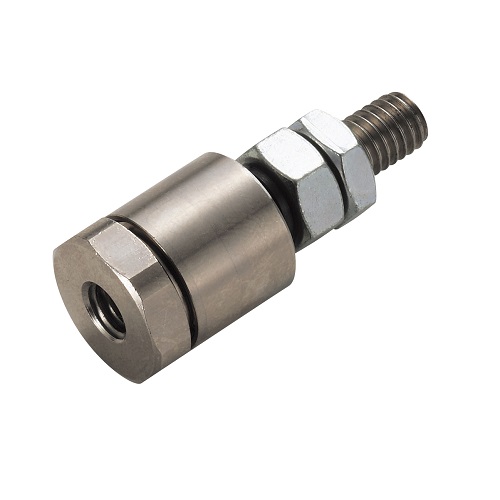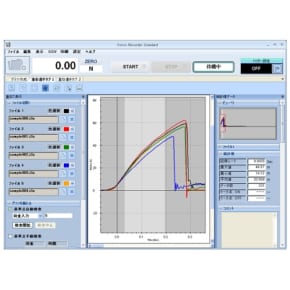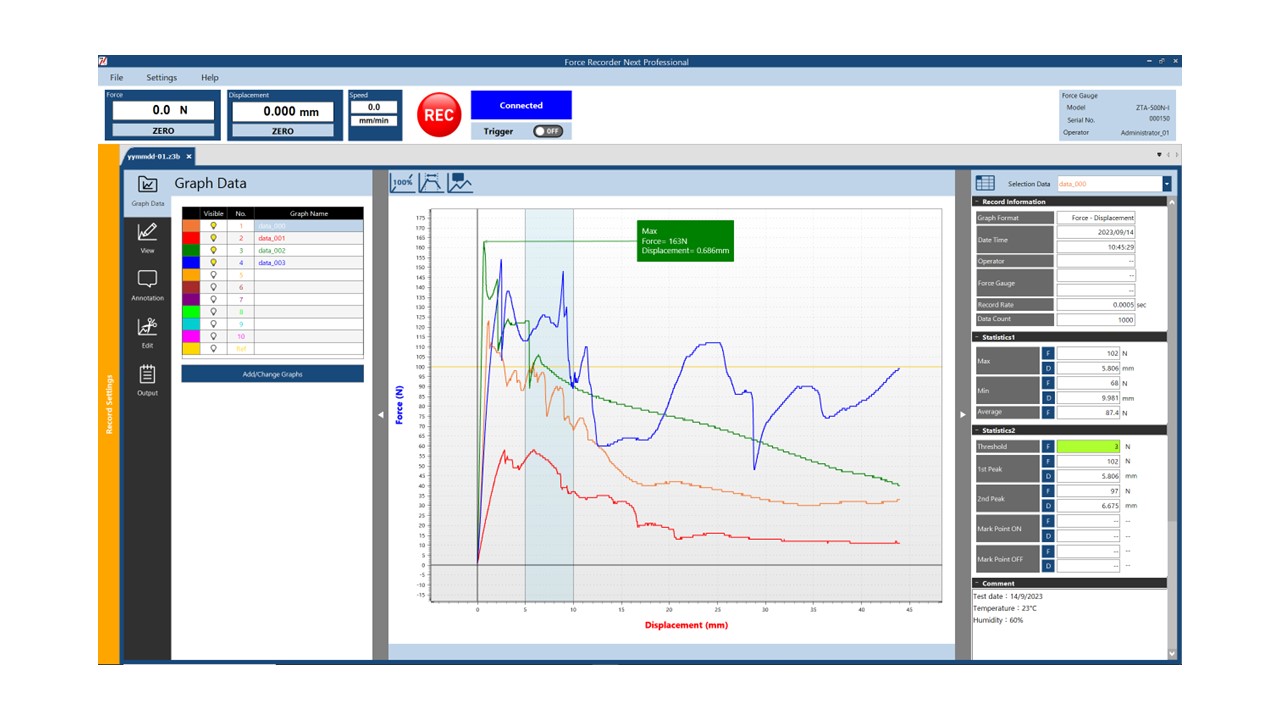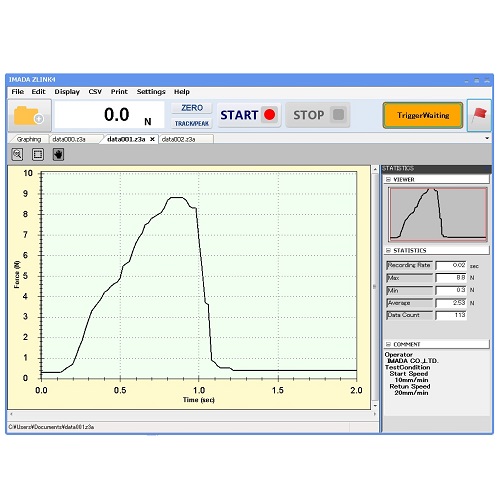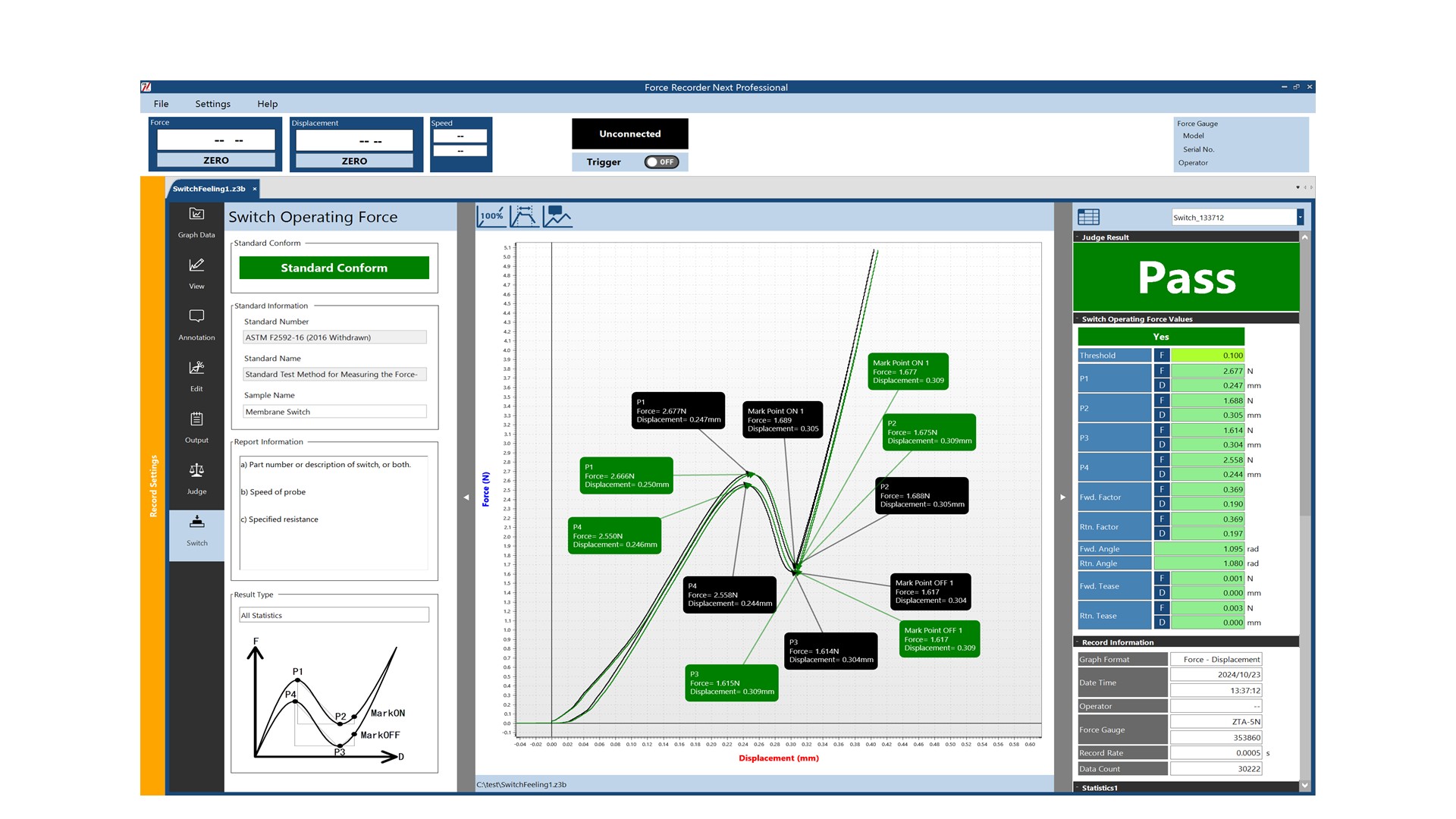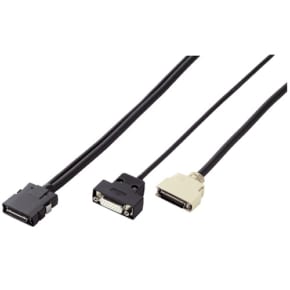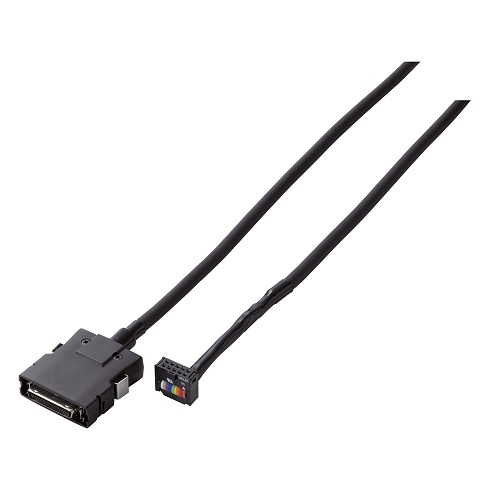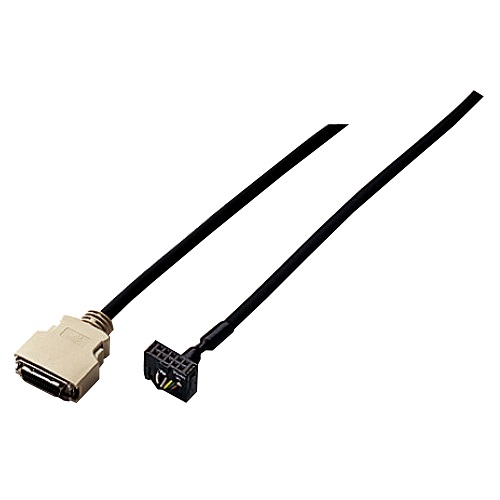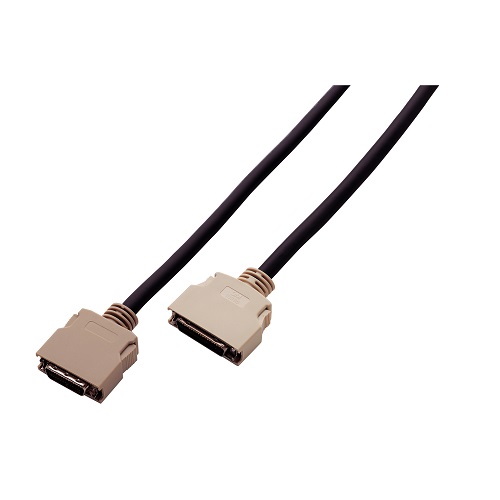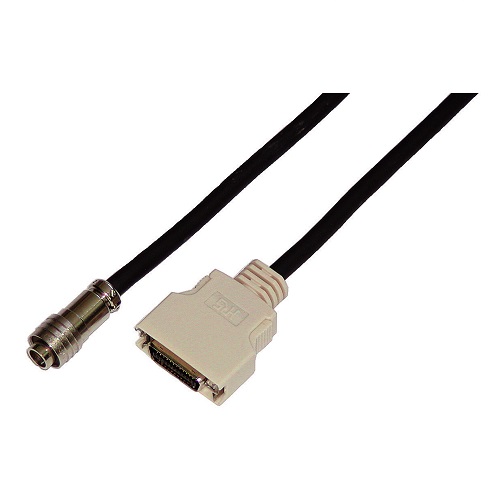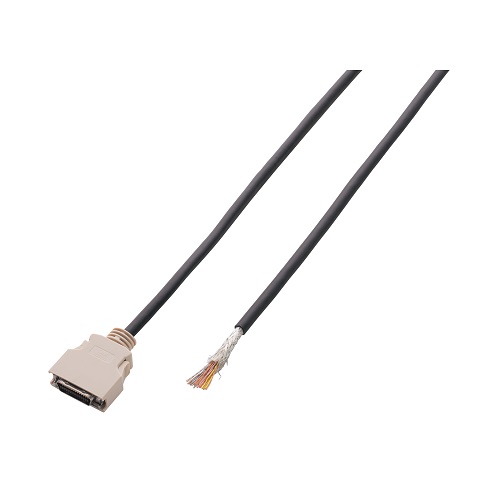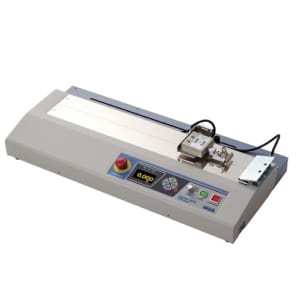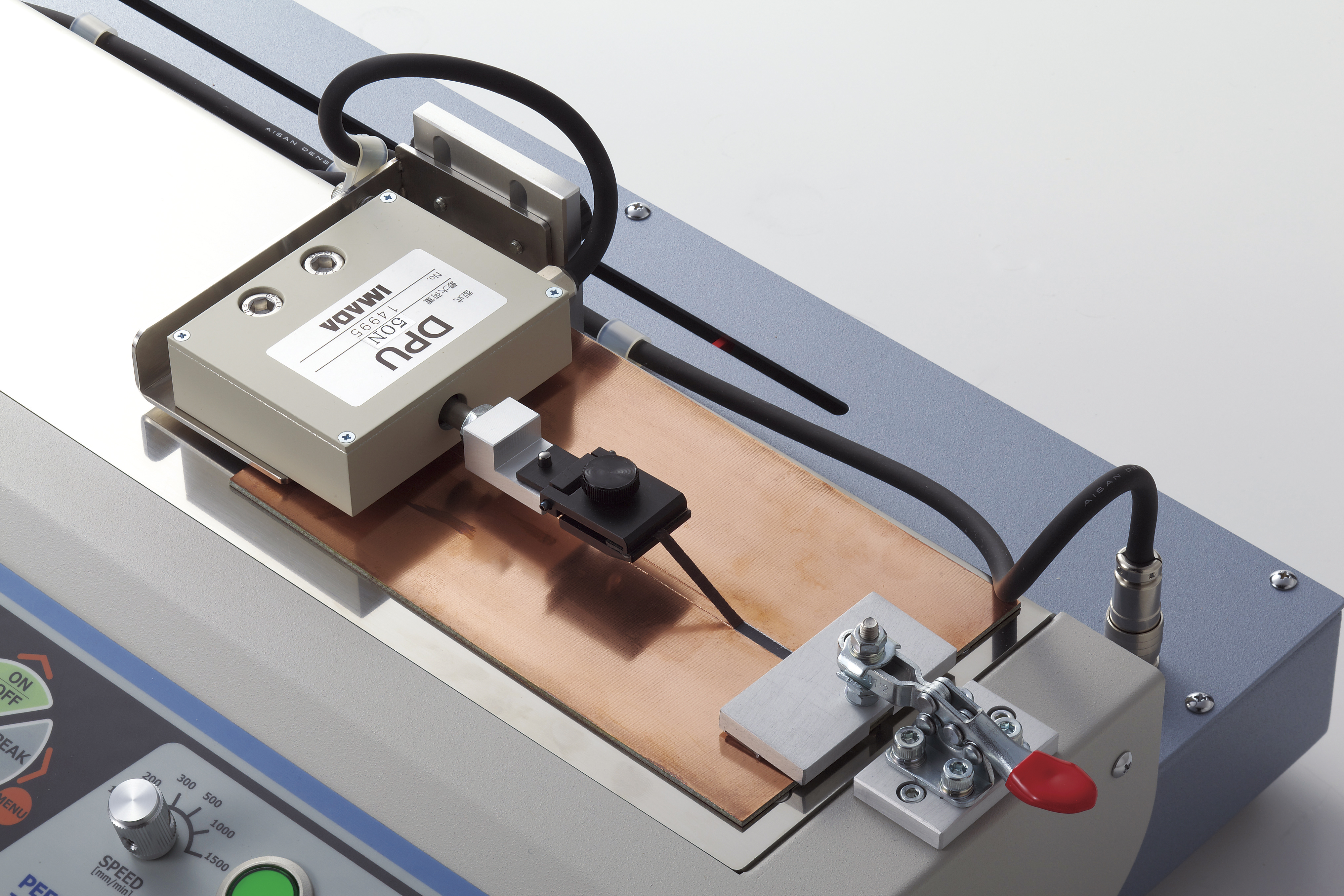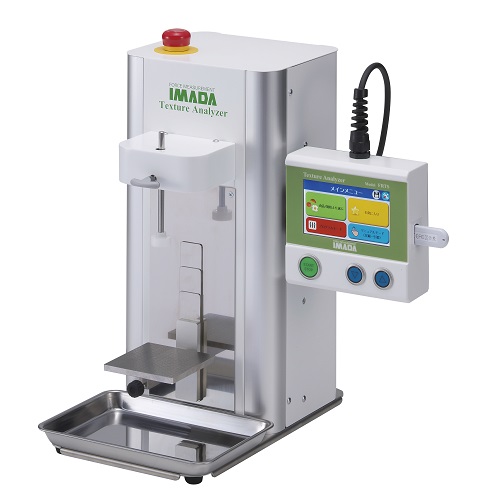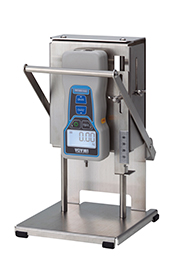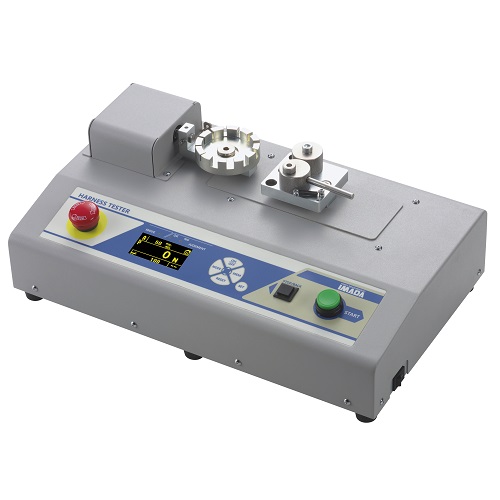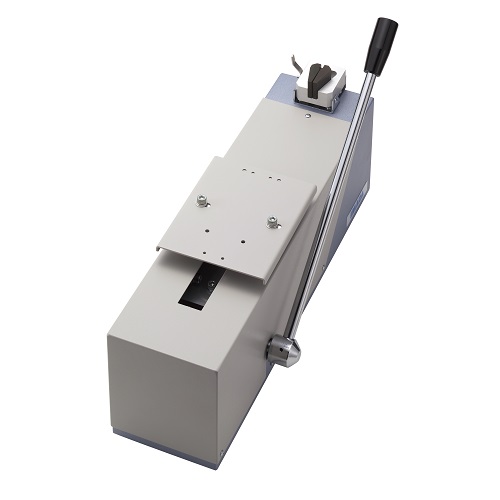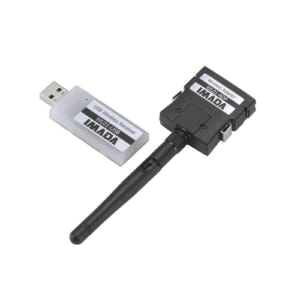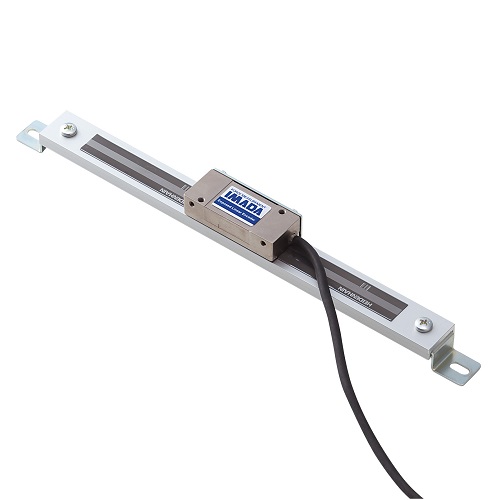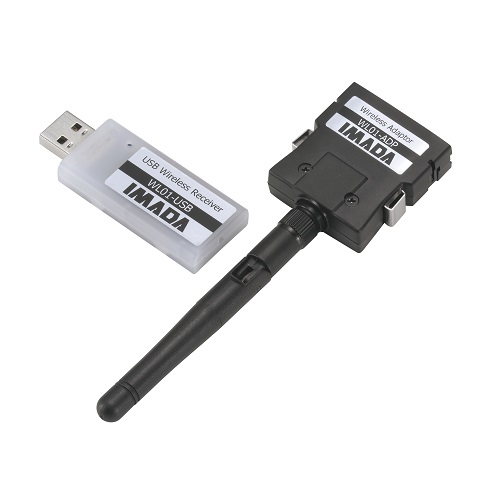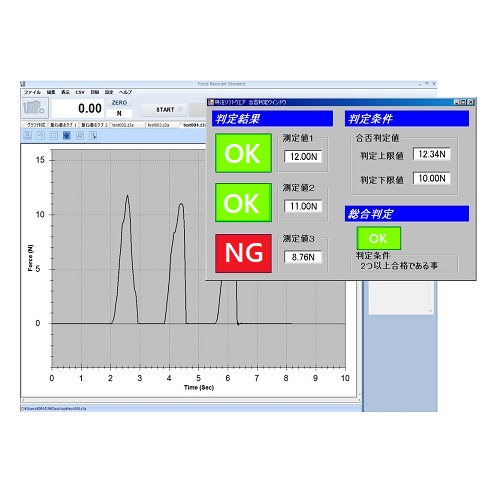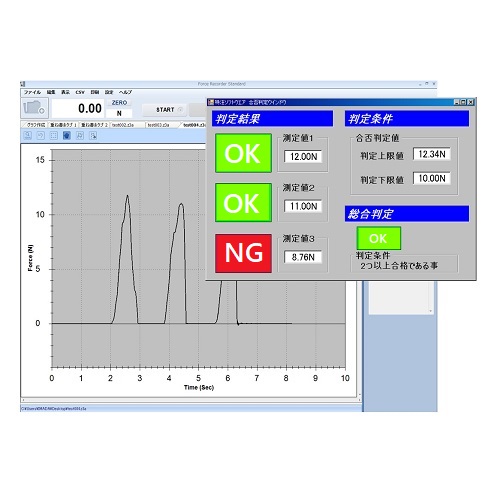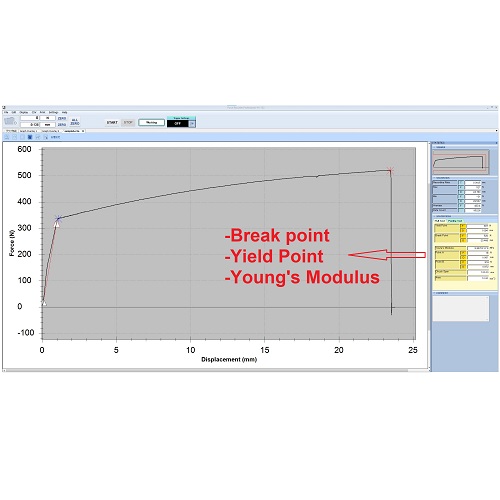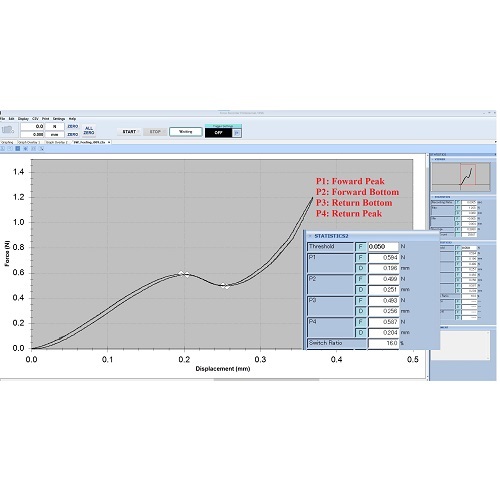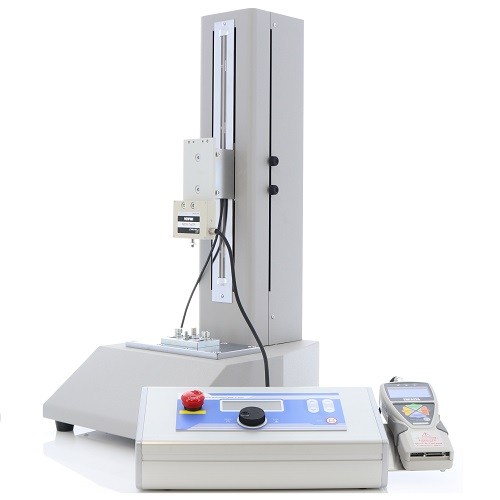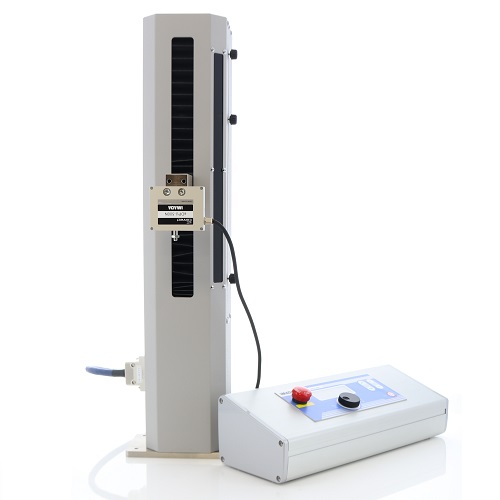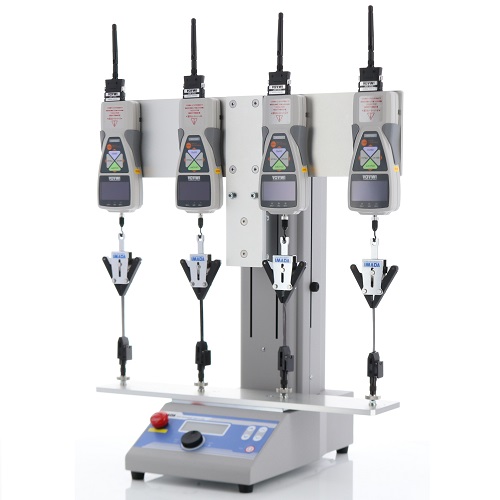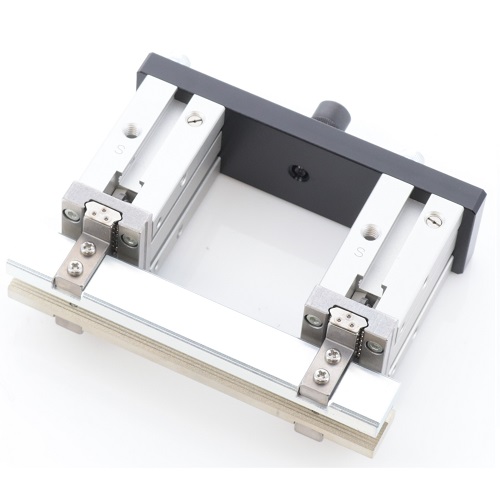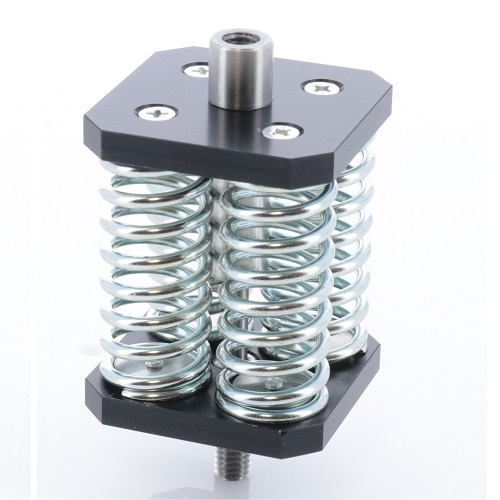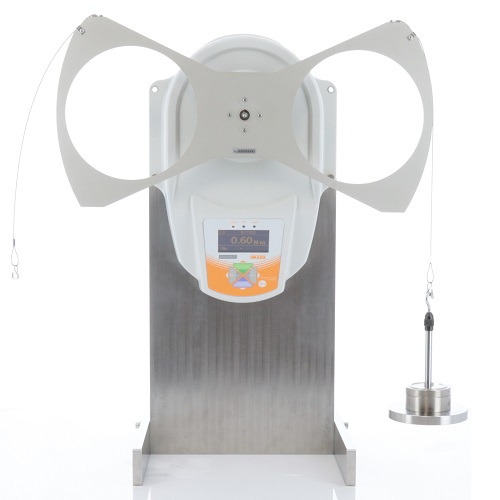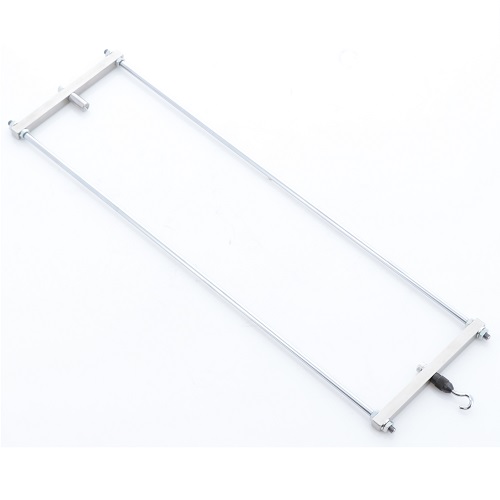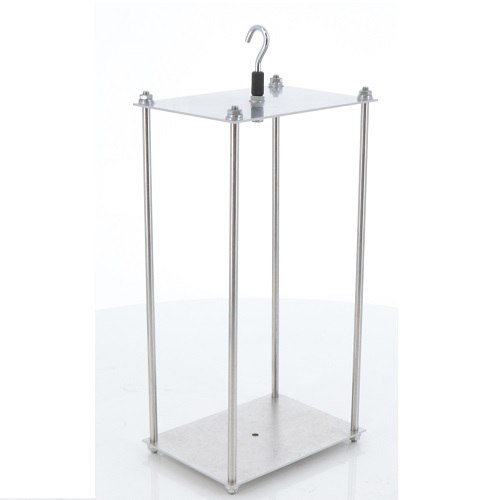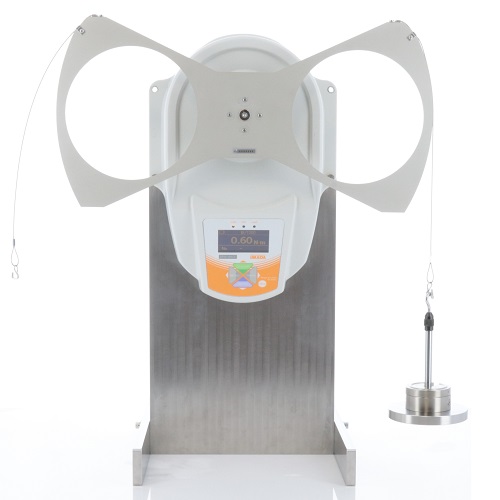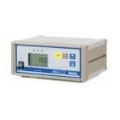Product Search
Solution Search
Searchable by product name, product model or standard.
*To search by solution, switch to “solution search.”
i.e., Load Cells, ZTA-50N, 7864 (for ISO 7864)
Searchable by you force type, industry, standard or product sample.
*To search by product, switch to “product search.”
i.e., Compression, 7864 (for ISO 7864)
SEARCH

Force Test Stand Overview
- Force Measurement IMADA
- PRODUCTS
- Force Test Stand Overview
Test Stand Overview
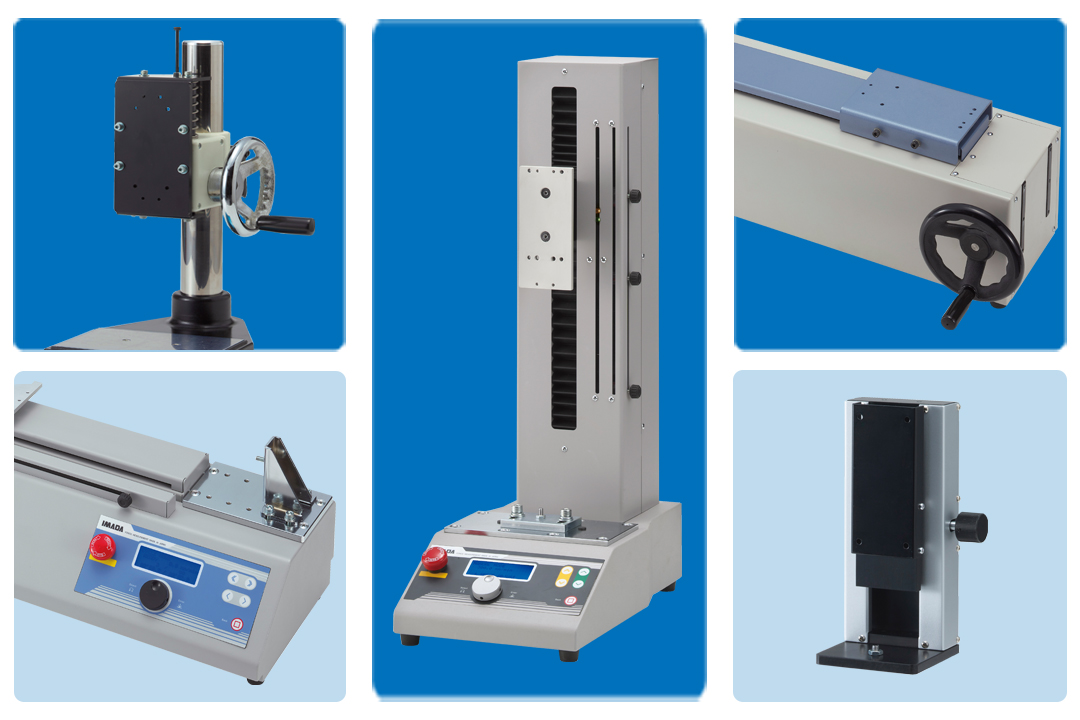
Test stands are supplementary products for force measurement to move a force gauge either vertically or horizontally.
Combined with a force gauge and attachments, they can be used as simple desktop force tester for more precise measurement. Unlike handheld measurement, they push and pull the force gauge to make the test speed and direction uniform, thus materializing highly repeatable measurement.
It is also useful when you measure large forces or for small displacements.
Switch-operated motorized types and handle/lever-operated manual types are available to suit your needs.
Click here to see the complete lineup of test stands.
List of all test stands >
How Best to Select a Test Stand

There are two main types: 1) manual type, operated by handles or levers and 2) motorized type operated by switches.
1) Manual type have two main features; they require no power-source and are small in size, being ideal for the measurement in a limited space i.e., on a small desktop. Lower price is another feature. Compared to the handheld measurement, manual test stands can set the measurement direction uniformly, reduce variation and improve measurement repeatability.
IMADA offers a broad range, from simple inexpensive models, to those that allow minute movement, and those that are compact and easy to carry and install.
2) Motorized type can provide uniform speed as well as direction of measurement, resulting in more repeatable measurements than manual ones. They can be used for applications such as durability test by using the control function to set a specific time, force, and number of travel, and characteristic evaluation by measuring force and displacement using a displacement meter together. Furthermore, analysis features, which can be performed in conjunction with software, extend the measurements.
In either type, desired force value and stroke are important selection point. Selecting a test stand with a force value greater than the desired value will ensure accurate and safe measurements. For large samples or samples with a high expansion/contraction rate, it is necessary to select a model that can provide an appropriate stroke.
Various standards you wish to conform and their requirements are other points to consider.
We offer product selection services tailored to your needs. Contact us.
*Functions of test stands vary depending on the model, availability of optional cables, and the combination of products used. Check the specifications on the product page for details.
How Best to Use Test Stand as Force Testing Machine
By attaching a combination of a force gauge and attachments on a test stand, more advanced and precise measurement becomes possible as a desktop force testing machine.
Attaching a force gauge to a test stand is relatively easy.
1) Fix a force gauge directly to the test stand with the provided screws, or remove the force gauge mounting plate from the test stand, fix a force gauge to the test stand, and mount the entire mounting plate on the test stand.
2) If an attachment is used, it needs to be attached to the test stand or force gauge.
3) If an optional cable is used, it connects the test stand and the force gauge.
4) Finally, the sample is fixed and the test stand is set up as required for the test, and the preparation is complete.
It is as simple and easy as can be performed by one person.
*Specifications and procedures vary depending on the model. Check the specifications and user guide videos on the product page for details.
Click here to see the complete lineup of force gauges.
List of all force gauges >
Check the below video for how to use a test stand as a force testing machine.
Use Test Stand as Force Testing Machine
How Best to Attach Attachment to a Test Stand
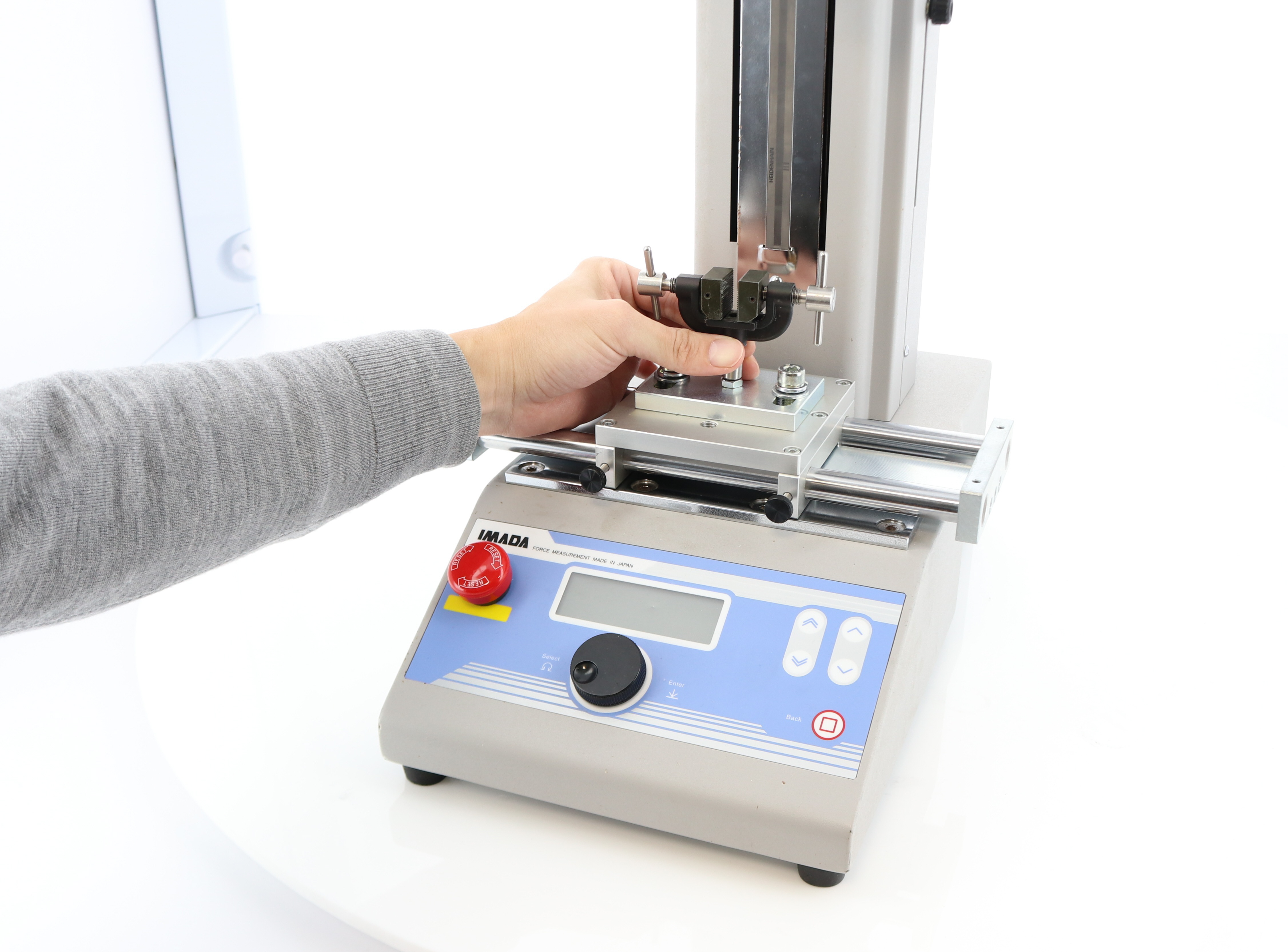
Attachments are used either attached to a force gauge or to test stand to push or grip samples. It is important to select an attachment that matches the measurement method and shape of samples in order to apply appropriate force.
Three ways of fixing attachment to test stand:
1) Fixing on a chuck mounting plate (included in most test stands).
This is a common method, fixing an attachment that is usually fixed to the measuring shaft of a force gauge.
2) Direct fixing on a test stand with screws.
This is applicable to mounting various tables such as sample fixing jig for specific test attachments, vise jig and XY stage that can adjust the position of attachments.
3) Installation of dedicated jig.
For a peel test jig with a dedicated table or an attachment for coefficient of friction test, the table is to be attached on a test stand. Attachment parts may also be mounted on the force gauge mounting side.
By combining various tables in 2) with (a) a vise jig or (b) other attachments using the chuck mounting plate in 1), samples and attachments can be aligned efficiently. Multiple combinations of attachments can be mounted according to the purpose.
Most attachments are easy to install and detach with screws. For more complicated types, a user guide (video) is available on IMADA website or in the instruction manual enclosed in the product.
By simply changing the attachment without changing the test stand, or force gauge, you can perform various measurements of different samples and methods.
Compatibility, range or stroke are among other points for consideration. We support you in selecting an appropriate attachment for your sample shape and material, as well as a test stand or force gauge combination. Contact us for further information.
*Functions and specifications of attachments and test stands vary depending on the model. Check the specifications on the product page for details.
Click here to see the complete lineup of attachments.
List of all attachments>
Tips for more skillful use of Test Stand

Motorized test stands are equipped with various functions.
Operational functions include adjusting the speed, setting the travel range, and moving back and forth within the set travel range or repeating such movement. Some models also have convenient functions such as digital setting of speed and travel, timer, and counter functions. Some are even equipped with break stop, contact detection, and other advanced functions, designed to improve measurement efficiency and suit measurements needs.
In addition, there are various control functions, such as enabling the overload prevention function and controlling by force value. One prominent example is to apply a constant force for a specific period of time. Some models also have external input/output functions that allow interlocking with external devices, external start, and so on. These functions improve measurement efficiency and safety.
Some models measure displacement too. Combining a force gauge, test stand, cable, and software enables correlation analysis of the force and the displacement, and can be widely used as a desktop force tester.
We provide useful guide for better use of our products, such as videos of various function settings and consultation on effective use of test stands. Contact us .
*Some functions require specific combinations of test stands and their options, force gauges, or cables. Check the specifications on the product page for details..
Click here to see the complete lineup of motorized test stands.
List of all motorized test stands >
Converter
Convenient Unit/Torque/
Tension conversion
6 Significant Digits (*Significant digits are meaningful digits that do not include zeros, which are used to indicate the scale.)
Products

HERE!
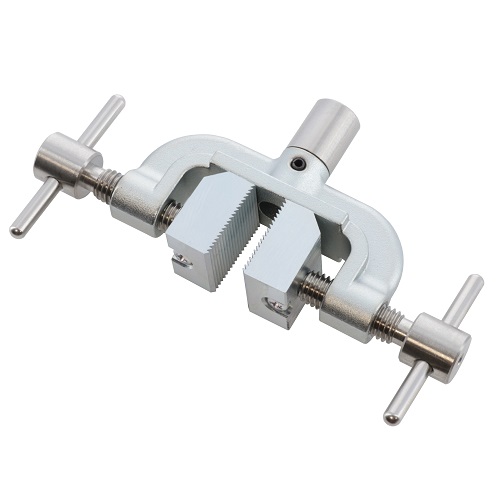 Attachments, Grips & Fixtures
Attachments, Grips & Fixtures
 Custom Made
Custom Made
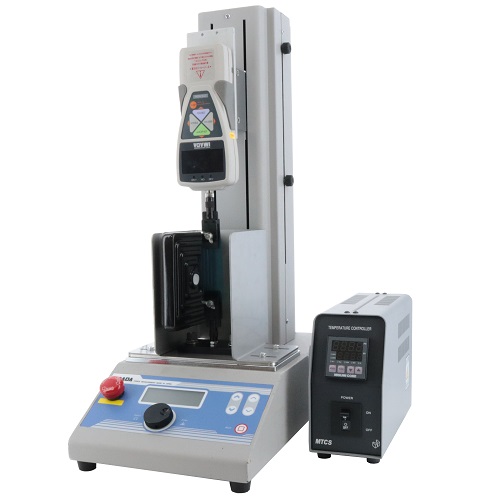 Measurements in Special Environment
Measurements in Special Environment
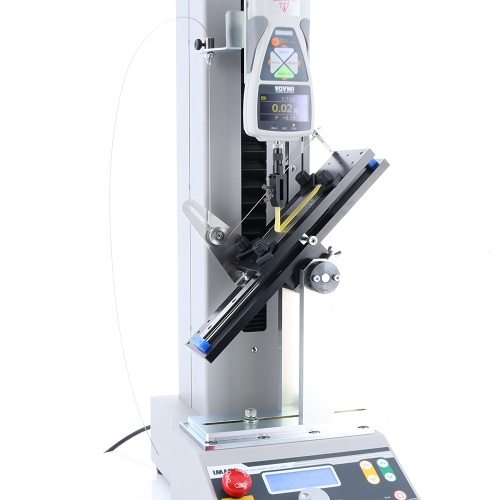 Temperature and Angle Adjustable Peel Tester
Temperature and Angle Adjustable Peel Tester
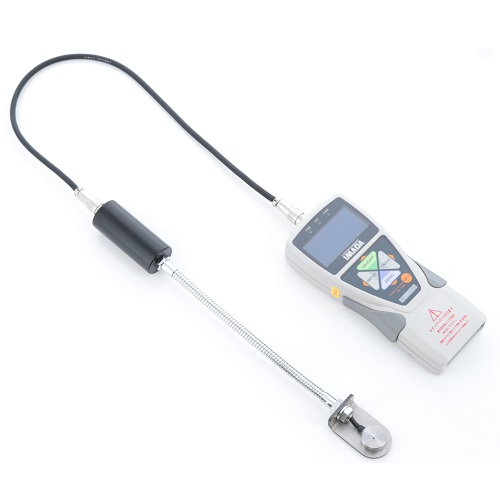 Spot Welding Pressure Gauge
Spot Welding Pressure Gauge
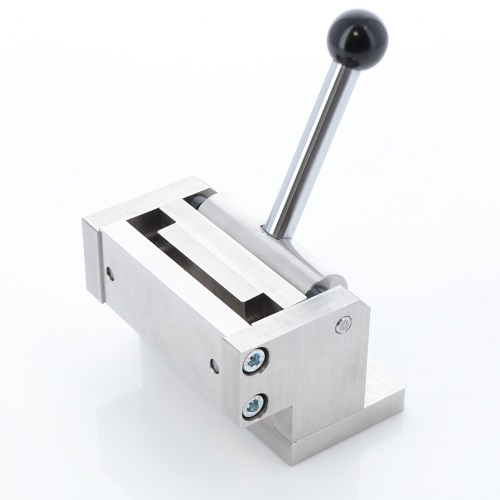 Attachment to Bend Sample 90 Degrees
Attachment to Bend Sample 90 Degrees
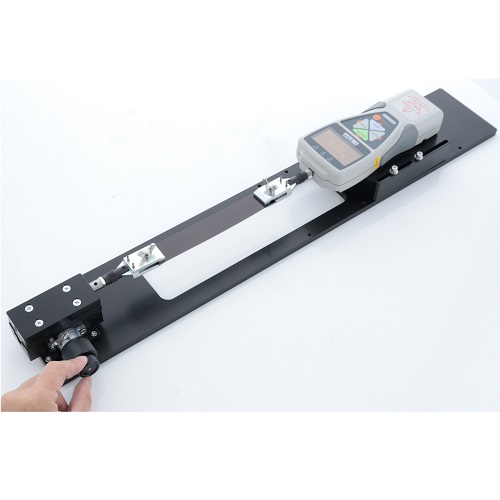 Horizontal Test Stand with Fine Adjustment Knob
Horizontal Test Stand with Fine Adjustment Knob
 Tester With Thermostatic Chamber
Tester With Thermostatic Chamber
 Tester With Far-infrared Heater
Tester With Far-infrared Heater
 Table for Compression Load Cell
Table for Compression Load Cell
 Test Stand for Testing at the Desired Position
Test Stand for Testing at the Desired Position
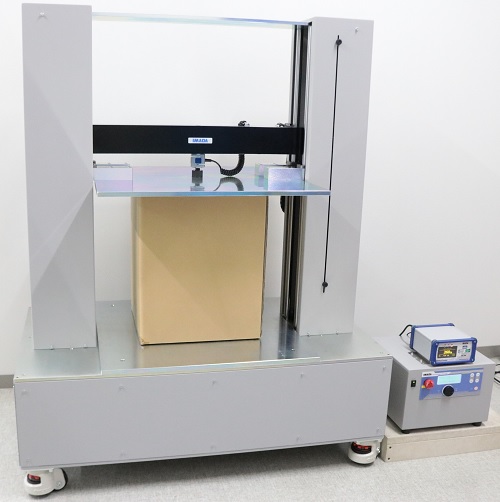 Particular Samples Measurements
Particular Samples Measurements
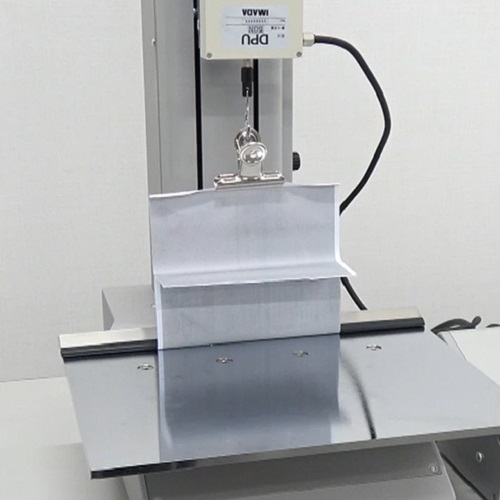 Peel Test Fixture for Crimped Postcard
Peel Test Fixture for Crimped Postcard
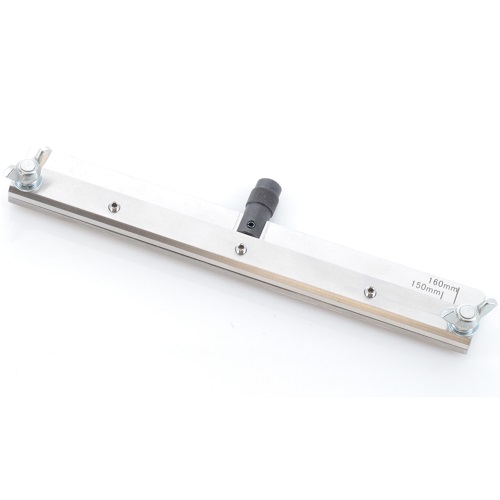 Attachment for Fixing Wide and Thin Materials
Attachment for Fixing Wide and Thin Materials
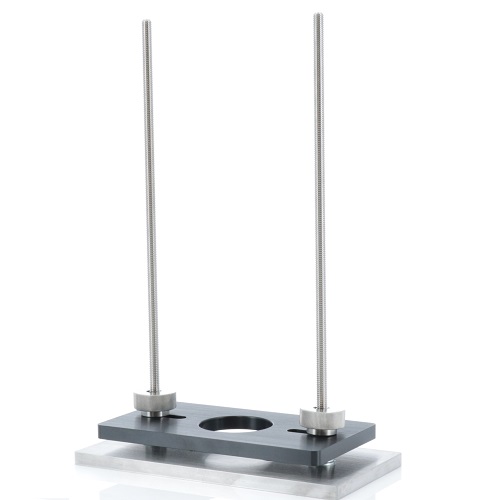 Attachment for Wine Cork Extraction Test
Attachment for Wine Cork Extraction Test
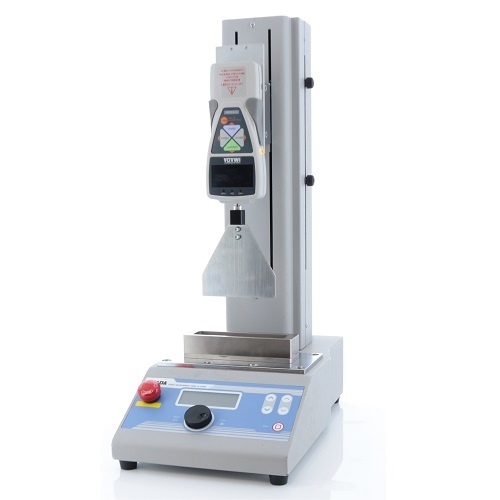 Attachments for 90 degree score bend test
Attachments for 90 degree score bend test
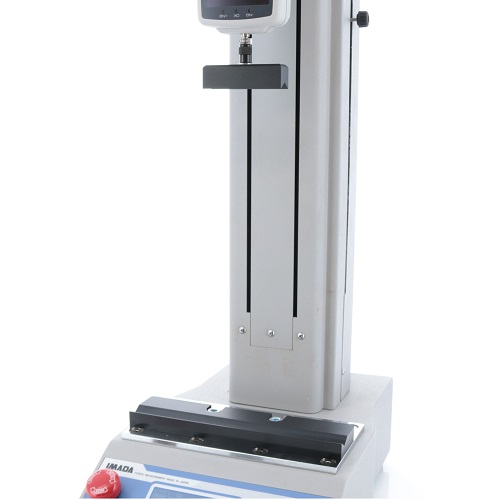 Attachments to measure forces to open flat pack carton
Attachments to measure forces to open flat pack carton
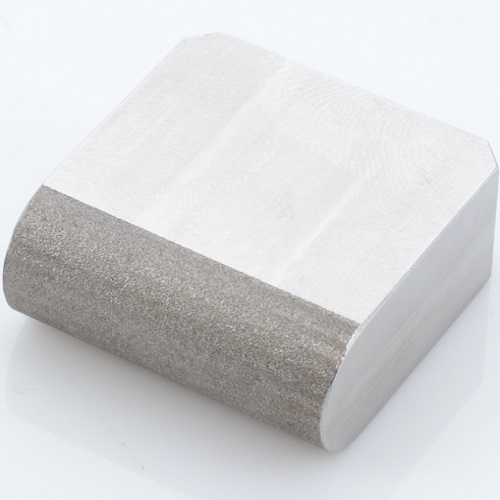 Attachments for break strength testing of lipsticks or lip balms
Attachments for break strength testing of lipsticks or lip balms
 High capacity dual-column motorized test machine for compression test
High capacity dual-column motorized test machine for compression test
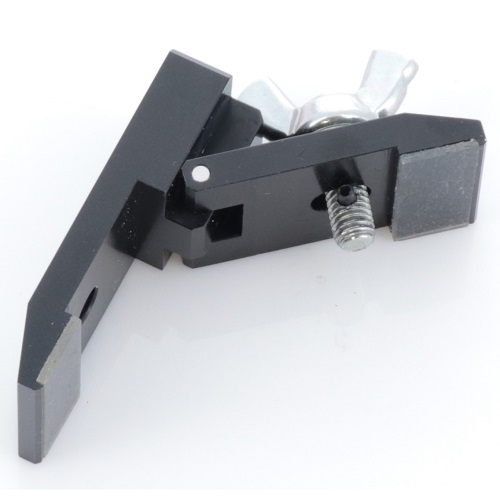 Film Grip with Openable Gripping Part
Film Grip with Openable Gripping Part
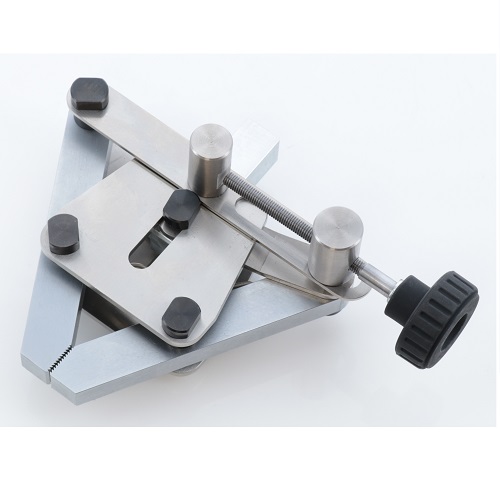 Pantograph Grip with Pressurization Mechanism
Pantograph Grip with Pressurization Mechanism
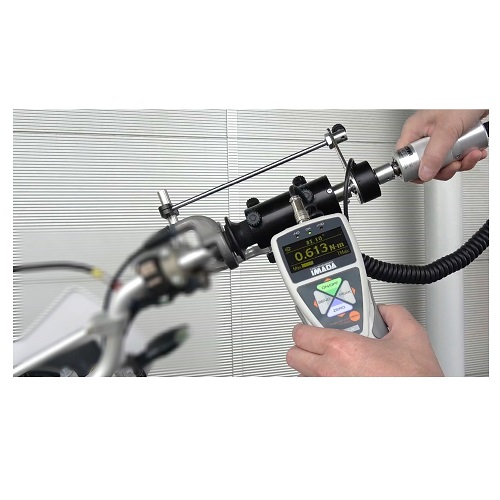 Motorcycle Accelerator Torque Test Fixture
Motorcycle Accelerator Torque Test Fixture
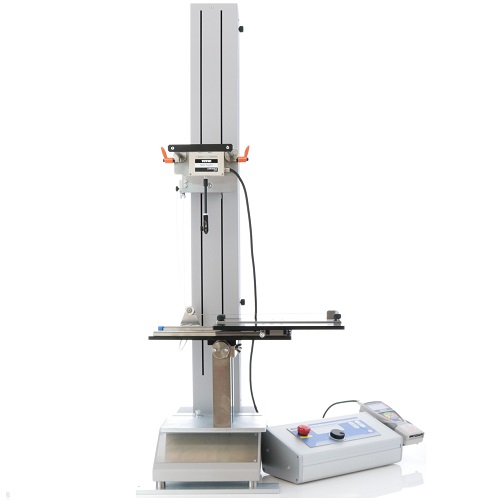 Peel Test Fixture for Solar Cell Ribbon
Peel Test Fixture for Solar Cell Ribbon
 Test Stand With Large Table
Test Stand With Large Table
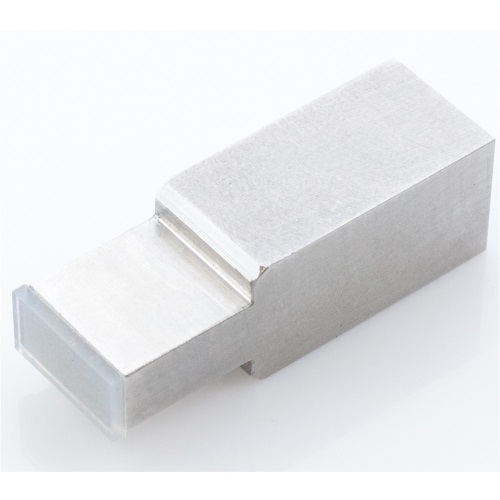 Compression Test Attachment for LCD Panel
Compression Test Attachment for LCD Panel
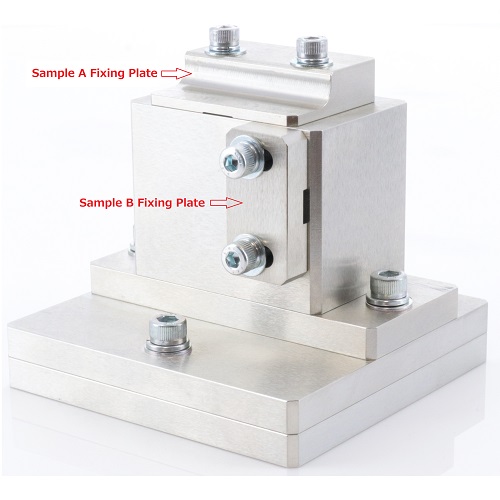 L-shaped Sample Fixture
L-shaped Sample Fixture
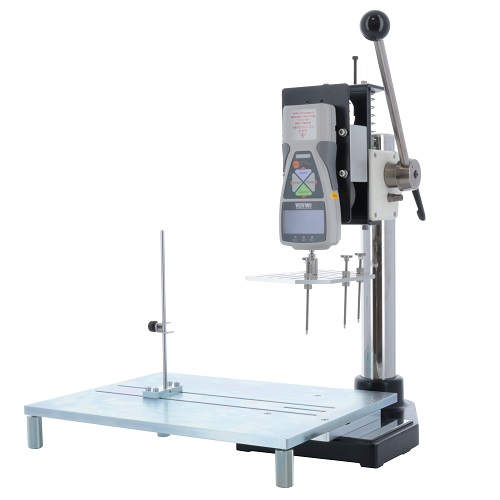 Attachment for Opening/Closing Force Test of Takeout Container Lid
Attachment for Opening/Closing Force Test of Takeout Container Lid
 Attachment for Squeezing Force Test of Eye Drop Bottles
Attachment for Squeezing Force Test of Eye Drop Bottles
 Compression Test Attachment for Squeeze Tube
Compression Test Attachment for Squeeze Tube
 Attachment for Welded Nut Tension Test
Attachment for Welded Nut Tension Test
 Attachment for Tube Tension Strength Test
Attachment for Tube Tension Strength Test
 Attachment for Hard-to-Grip Samples
Attachment for Hard-to-Grip Samples
 Attachment for Compression Test of Nasal Spray
Attachment for Compression Test of Nasal Spray
 Individually Adjustable Torque Chuck Attachment
Individually Adjustable Torque Chuck Attachment
 Resistance Force Measurement jig for Hair Combing Test
Resistance Force Measurement jig for Hair Combing Test
 Attachment for Lateral Compression Test of Cup Containers
Attachment for Lateral Compression Test of Cup Containers
 Water-Proof Shield for Motorized Torque Test Stand
Water-Proof Shield for Motorized Torque Test Stand
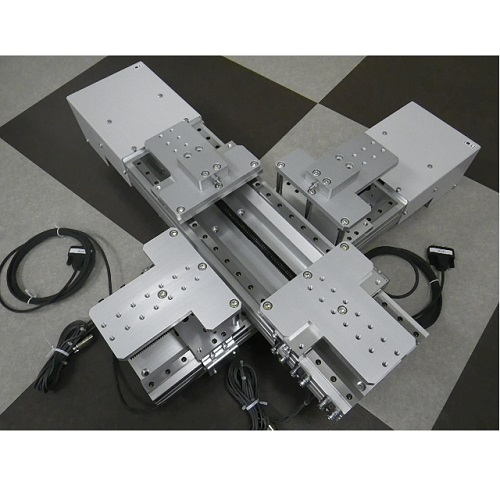 Biaxial Tension Tester
Biaxial Tension Tester
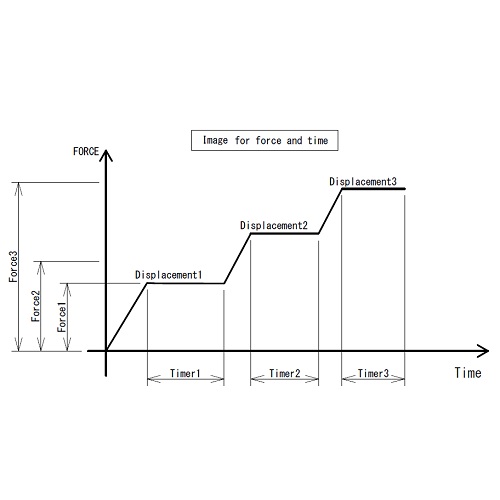 Resize & Modification
Resize & Modification
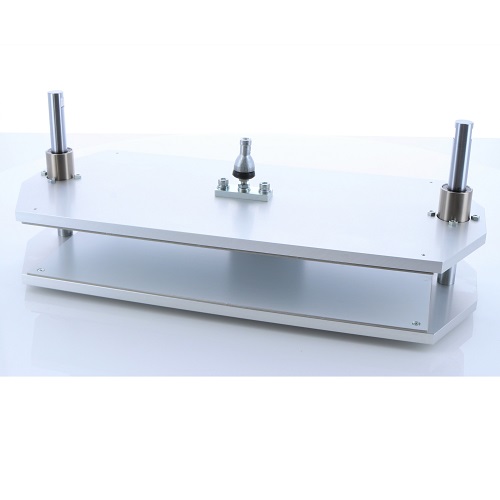 Press Test Fixture (Wide Size)
Press Test Fixture (Wide Size)
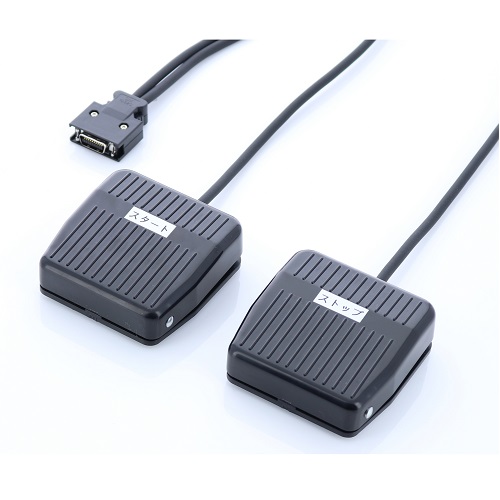 Remote Control Switch for Motorized Test Stand
Remote Control Switch for Motorized Test Stand
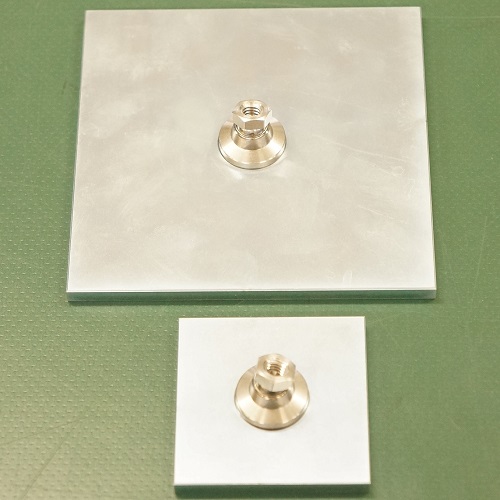 Semi-Customized Compression Attachments
Semi-Customized Compression Attachments
 Large Size of Compression Tester
Large Size of Compression Tester
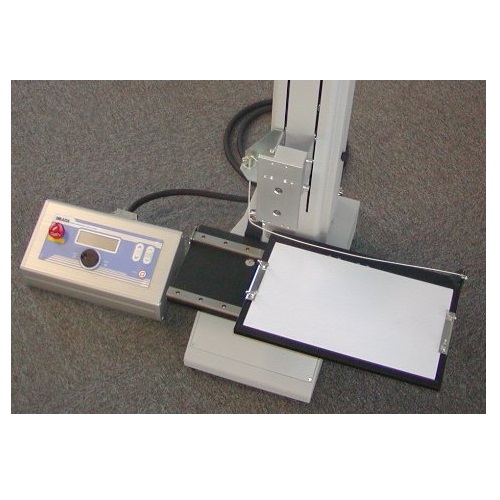 Large Size of 90 Degree Peel Tester
Large Size of 90 Degree Peel Tester
 Force Control Cable with Signal Output Box
Force Control Cable with Signal Output Box
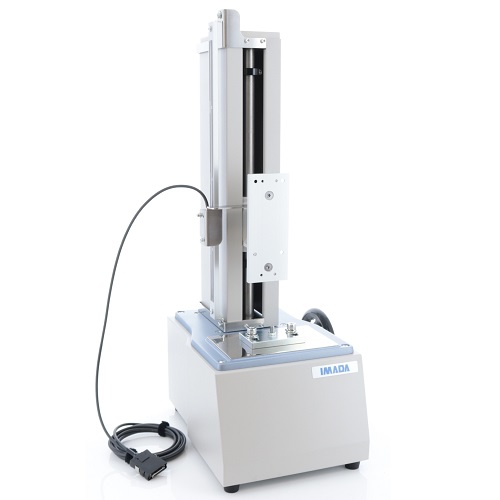 Manual Test Stand with Displacement Output Option
Manual Test Stand with Displacement Output Option
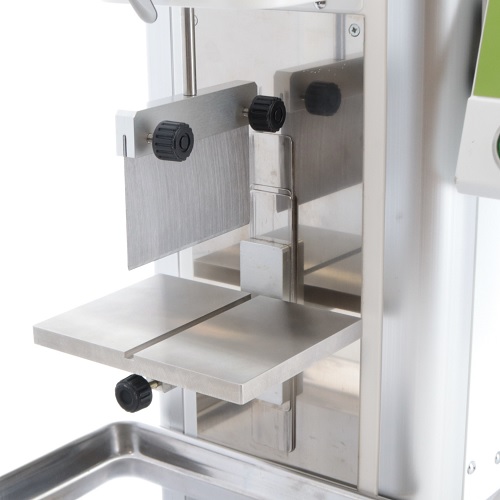 Cutting Base Plate with groove and knife edge probe
Cutting Base Plate with groove and knife edge probe
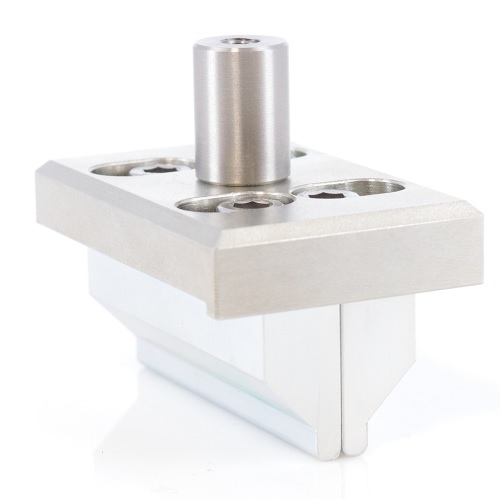 Upper attachment for 4-point bending test
Upper attachment for 4-point bending test
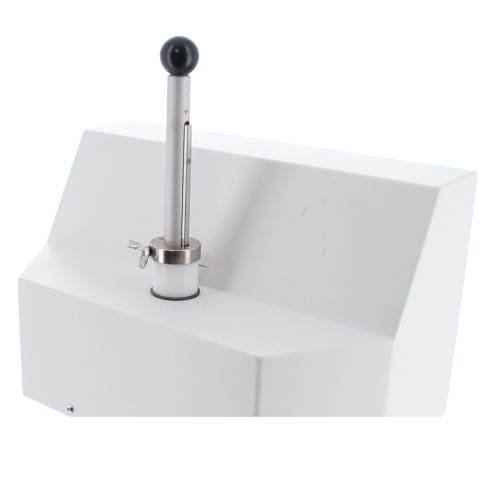 Main shaft stopper with a butterfly screw for MTS series
Main shaft stopper with a butterfly screw for MTS series
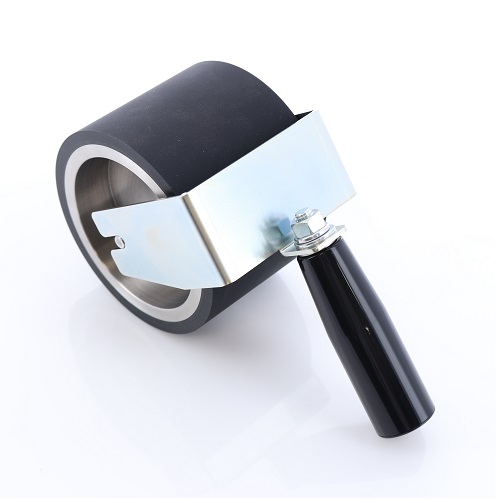 Wide Rubber Roller for Peel Test
Wide Rubber Roller for Peel Test
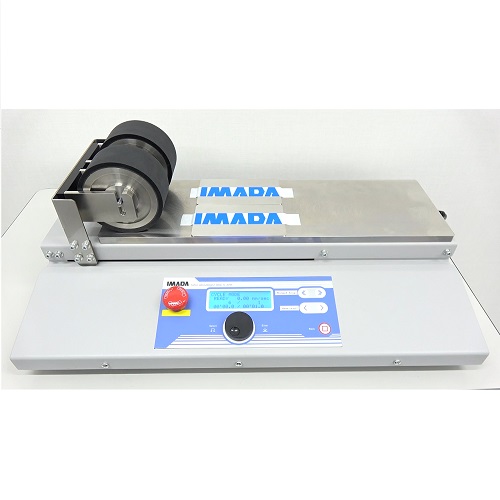 Motorized Rubber Roller for Peel Test
Motorized Rubber Roller for Peel Test
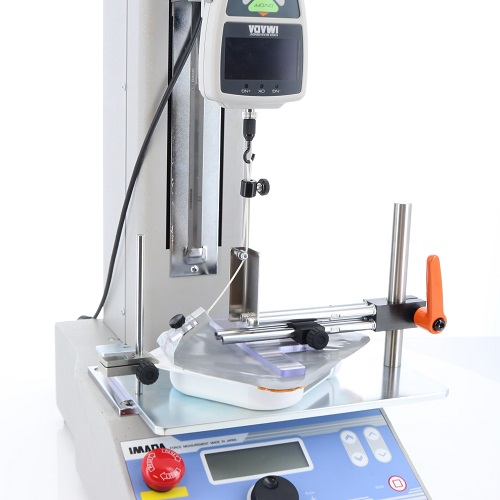 Peel Fixture for Packaged Cooked Rice Lid
Peel Fixture for Packaged Cooked Rice Lid
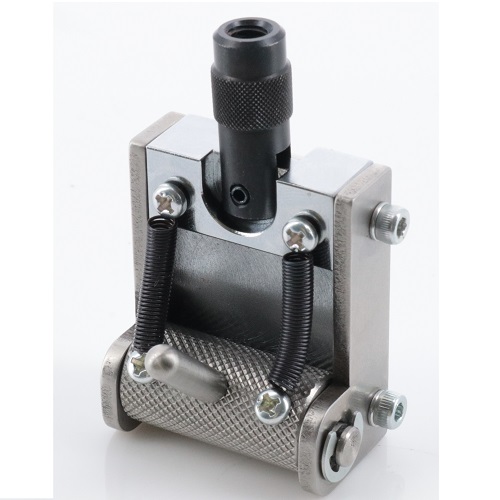 Cam grip with spring
Cam grip with spring
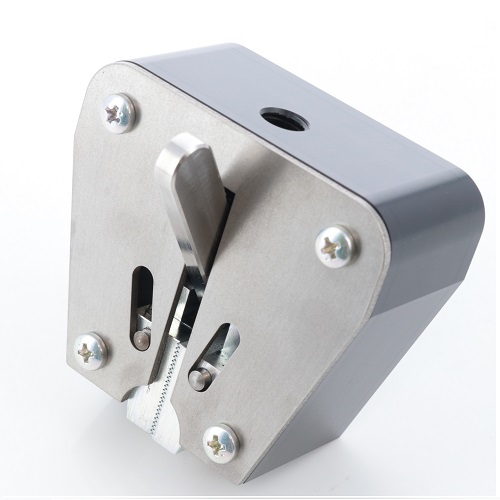 Wedge Grip Without Adaptor
Wedge Grip Without Adaptor
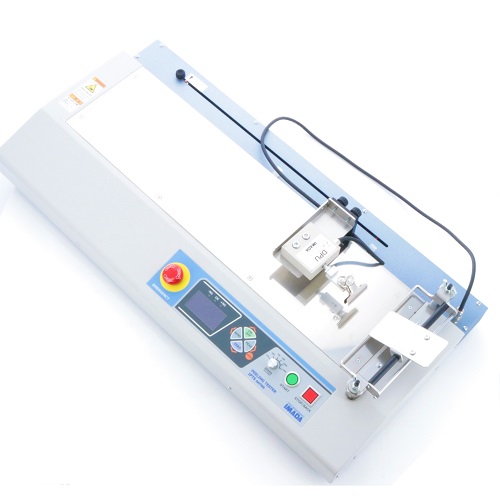 Customized Peeling Tester
Customized Peeling Tester
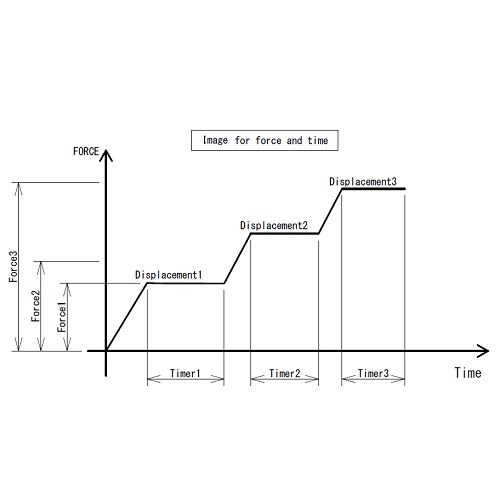 Test Stand with 3-stage Force/Displacement setting/holding function
Test Stand with 3-stage Force/Displacement setting/holding function
 Torque Stand Shaft for Child Proof Lock Measurement
Torque Stand Shaft for Child Proof Lock Measurement
 90 degree Peel Test Jig (High Capacity Type)
90 degree Peel Test Jig (High Capacity Type)
 Tabletop Force Gauge Calibration Unit (High Capacity Type)
Tabletop Force Gauge Calibration Unit (High Capacity Type)
 One-touch toggle clamp for Coefficient of Friction Fixture
One-touch toggle clamp for Coefficient of Friction Fixture
 Compact Motorized Test Stand
Compact Motorized Test Stand
 Tube Fixing Jig
Tube Fixing Jig
 Visualized Film Chuck
Visualized Film Chuck
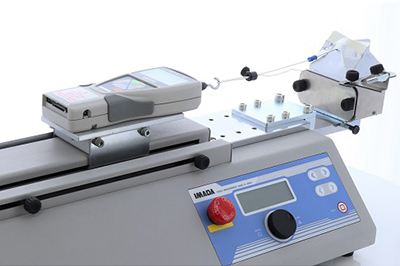 Standards-Compliant Measurement
Standards-Compliant Measurement
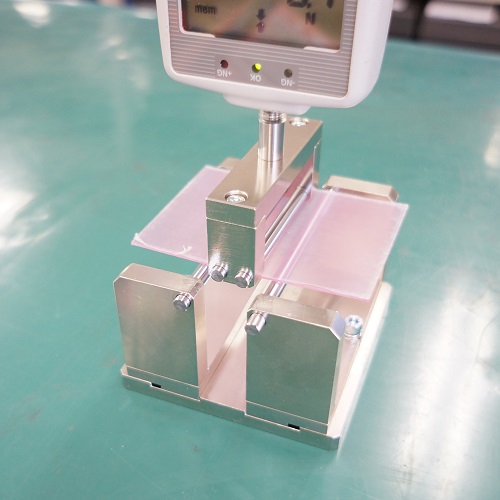 ISO 14704: 2000 Fine Ceramics 4-Point Bend Tester
ISO 14704: 2000 Fine Ceramics 4-Point Bend Tester
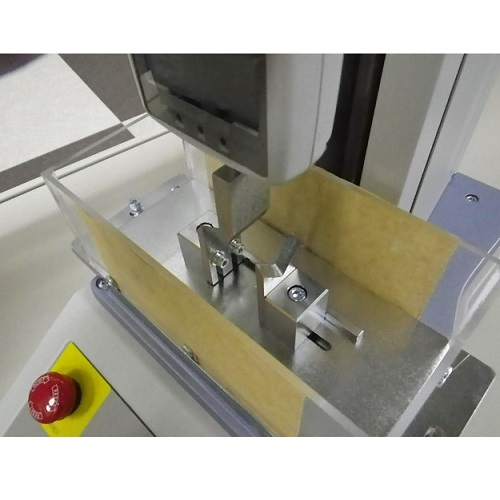 Ampoule 3-Point Bend Tester
Ampoule 3-Point Bend Tester
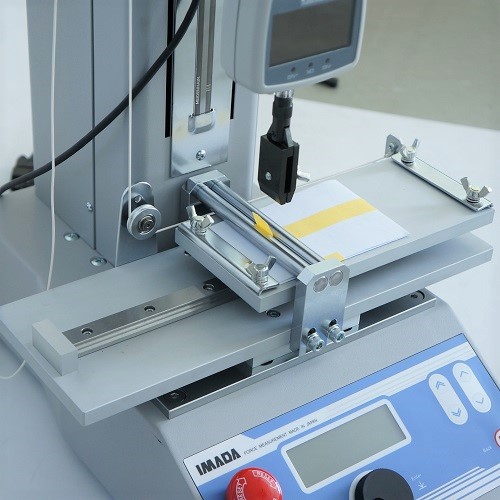 ISO/IEC 10373-1: 2006 Peel Tester of Identification Card
ISO/IEC 10373-1: 2006 Peel Tester of Identification Card
 ISO 17480: 2015 Peel Tester for Gable-Top Package
ISO 17480: 2015 Peel Tester for Gable-Top Package
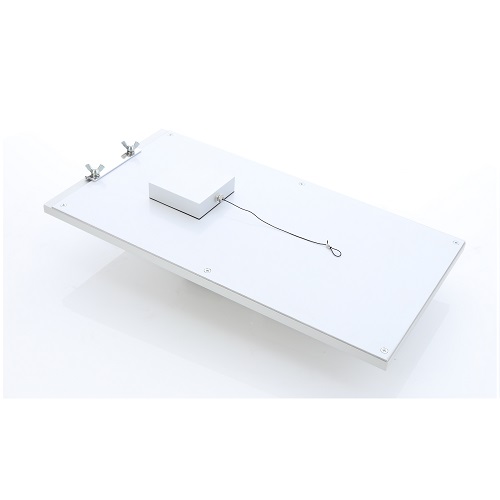 ASTM D1894: 2014 Coefficient of Friction (COF) Tester
ASTM D1894: 2014 Coefficient of Friction (COF) Tester
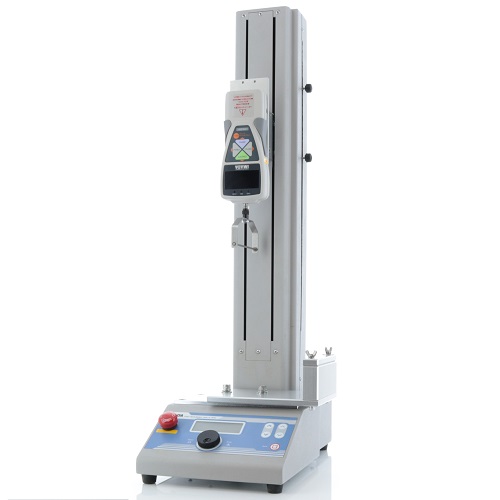 Attachments for score bend test
Attachments for score bend test
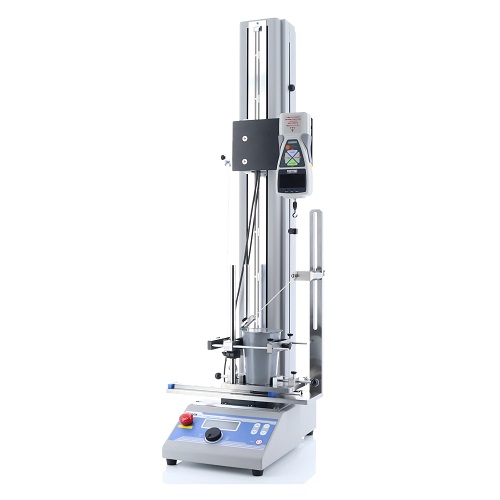 ISO 17480: 2015 45 Degree Complete Peel Test Fixture for Container Lid
ISO 17480: 2015 45 Degree Complete Peel Test Fixture for Container Lid
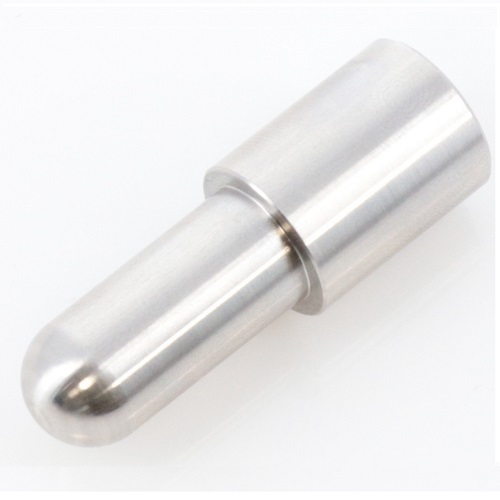 IEC 61010-1 (2010) Spherical Jig for Compression Testing
IEC 61010-1 (2010) Spherical Jig for Compression Testing
 ASTM D4032(Withdrawn 2025)Standard Test Attachment for Fabric Stiffness by Circular Bend Procedure
ASTM D4032(Withdrawn 2025)Standard Test Attachment for Fabric Stiffness by Circular Bend Procedure
 Peel Test Jig for Gable-Topped Package (No sample cut type)
Peel Test Jig for Gable-Topped Package (No sample cut type)







